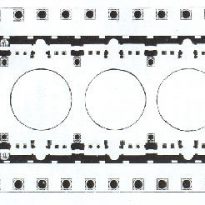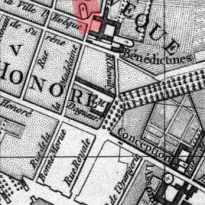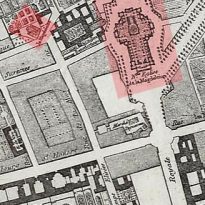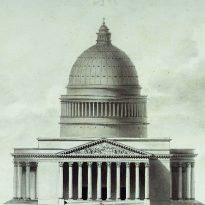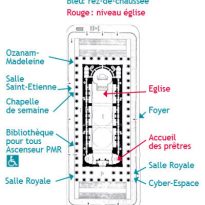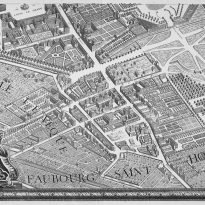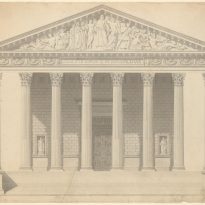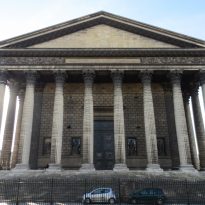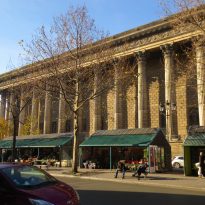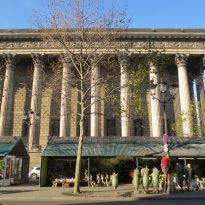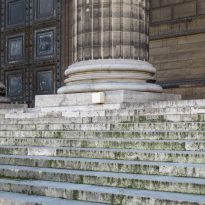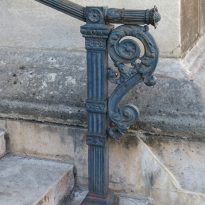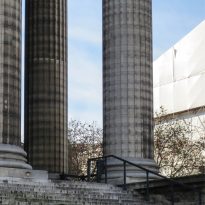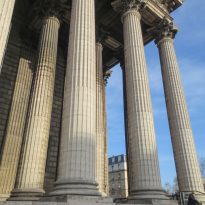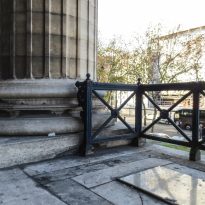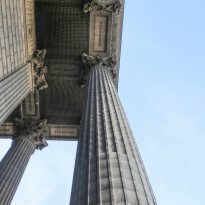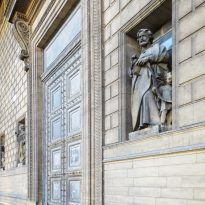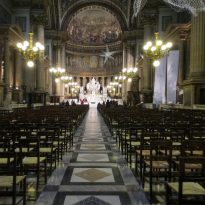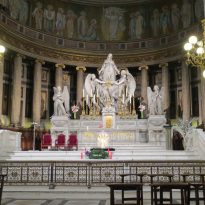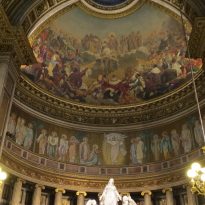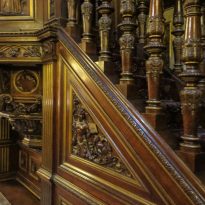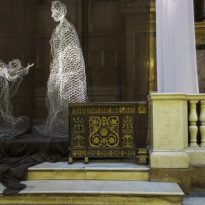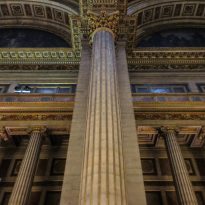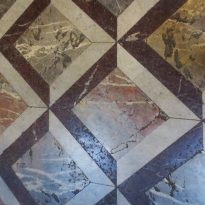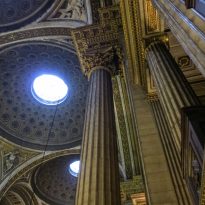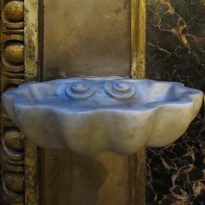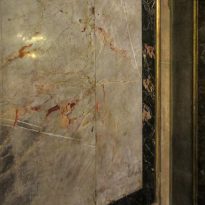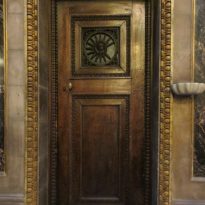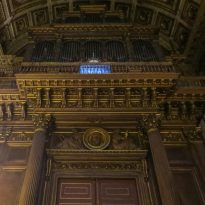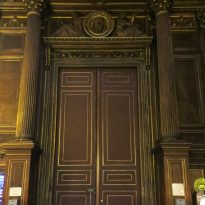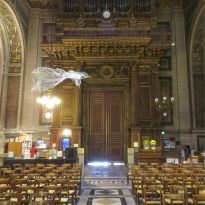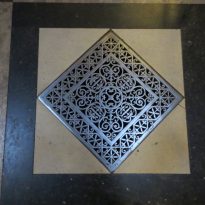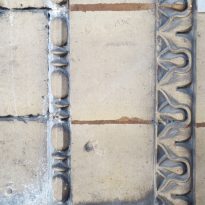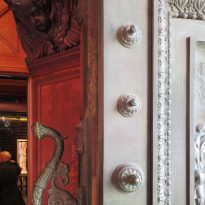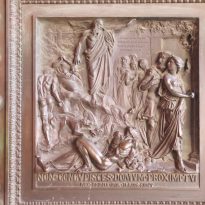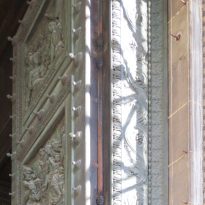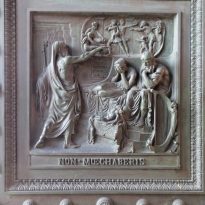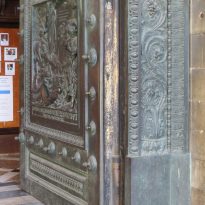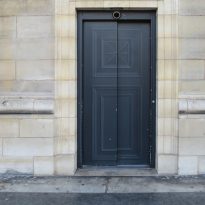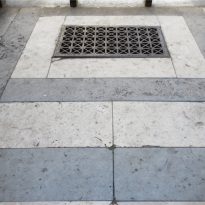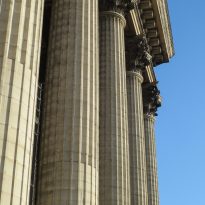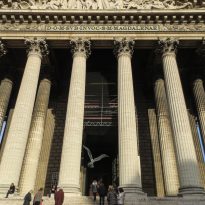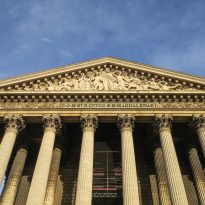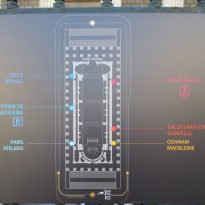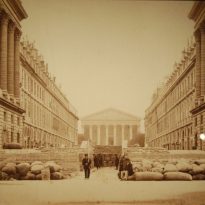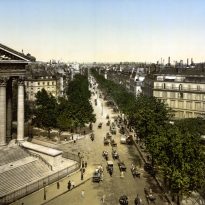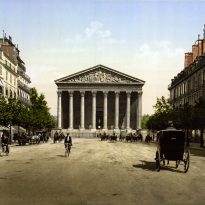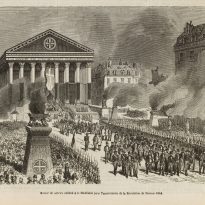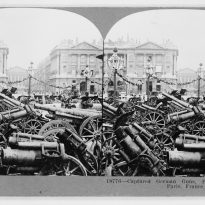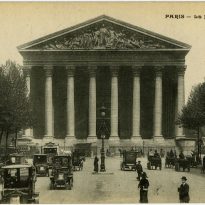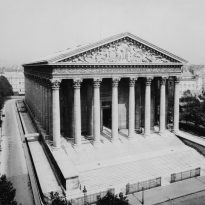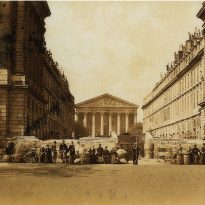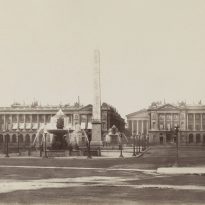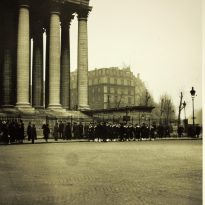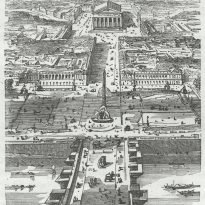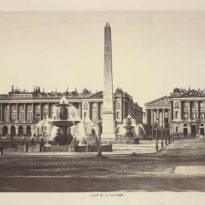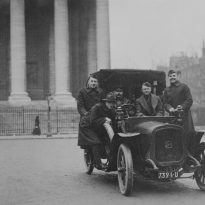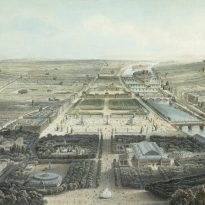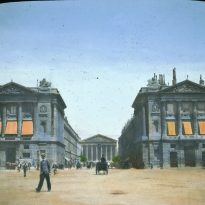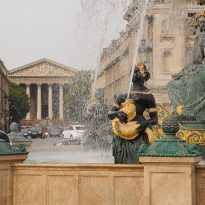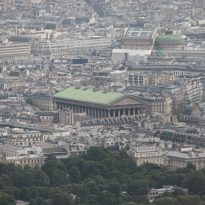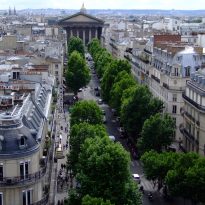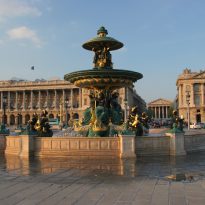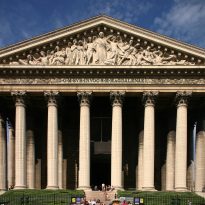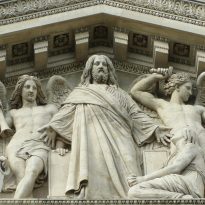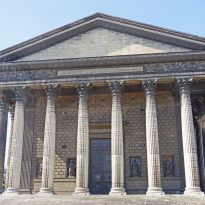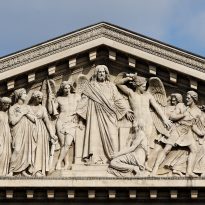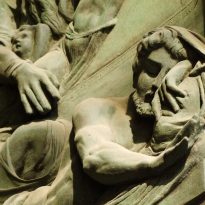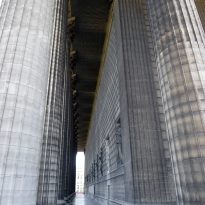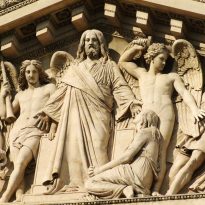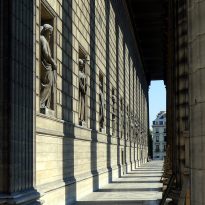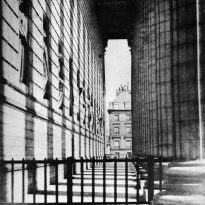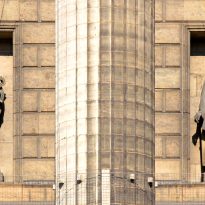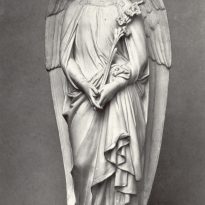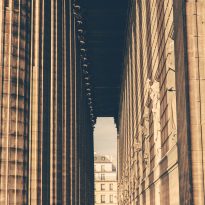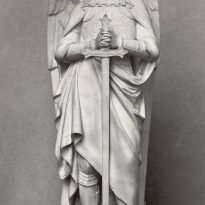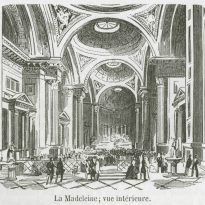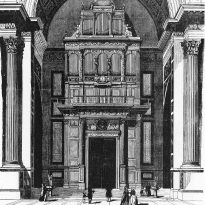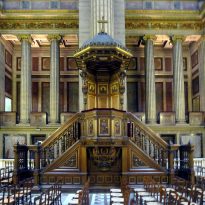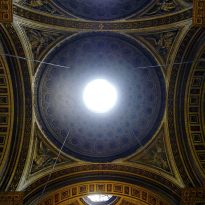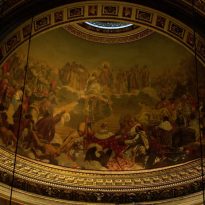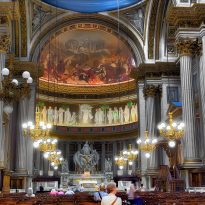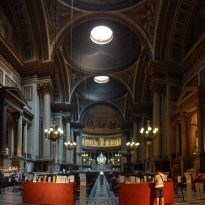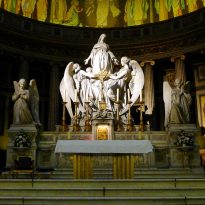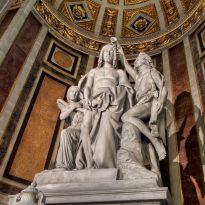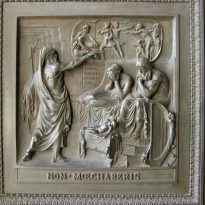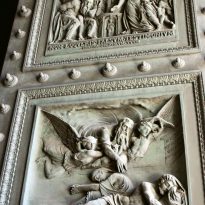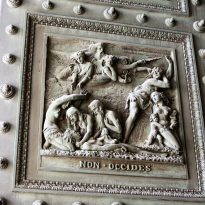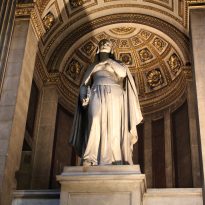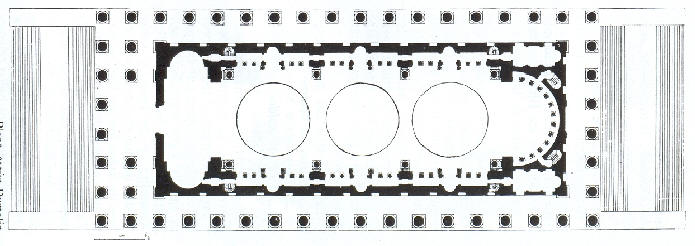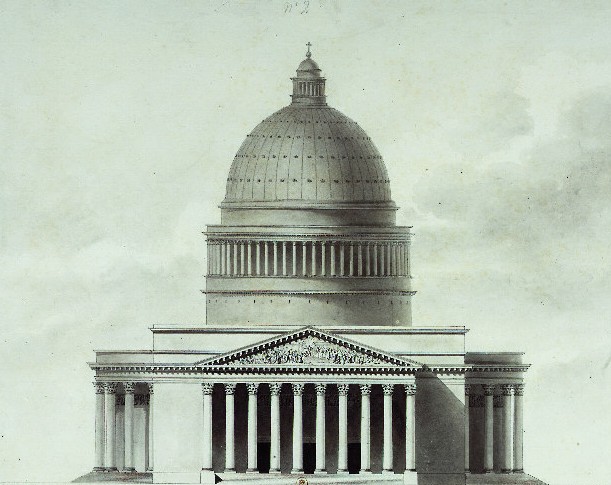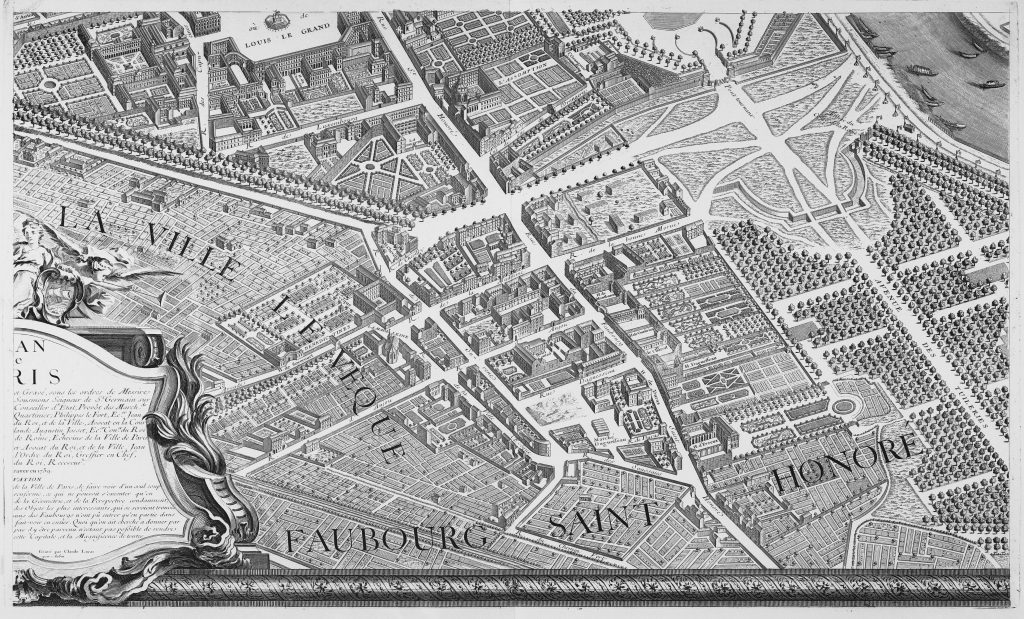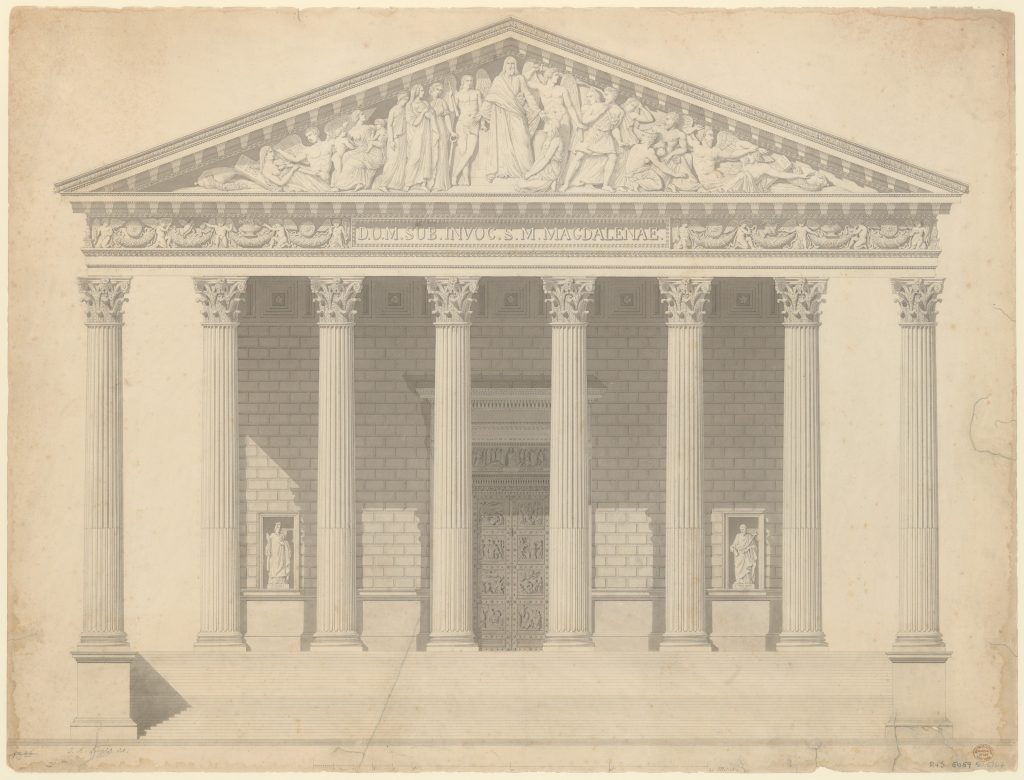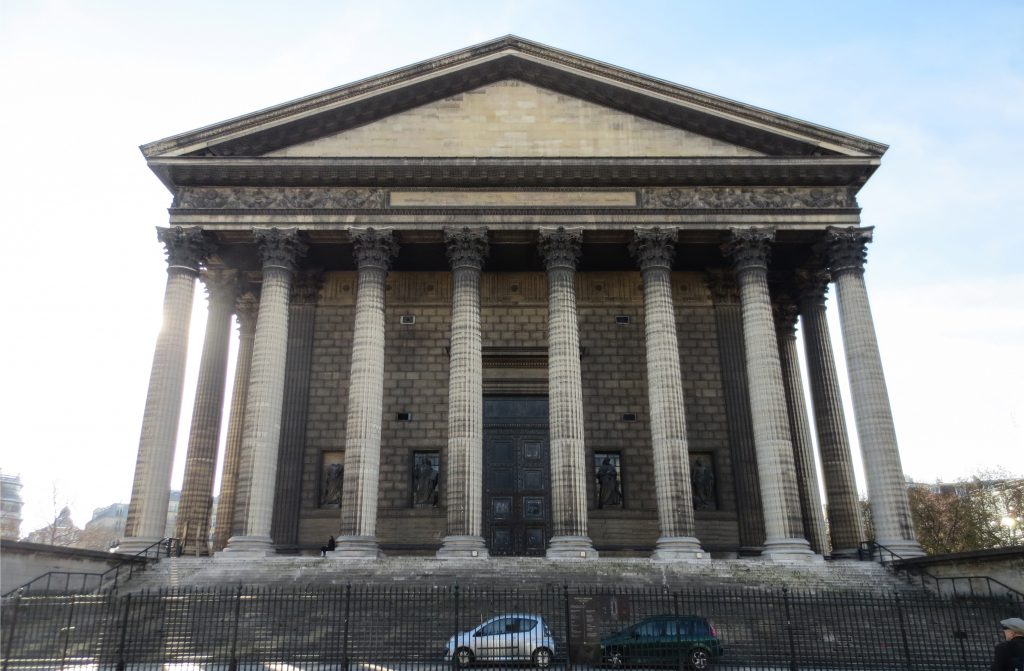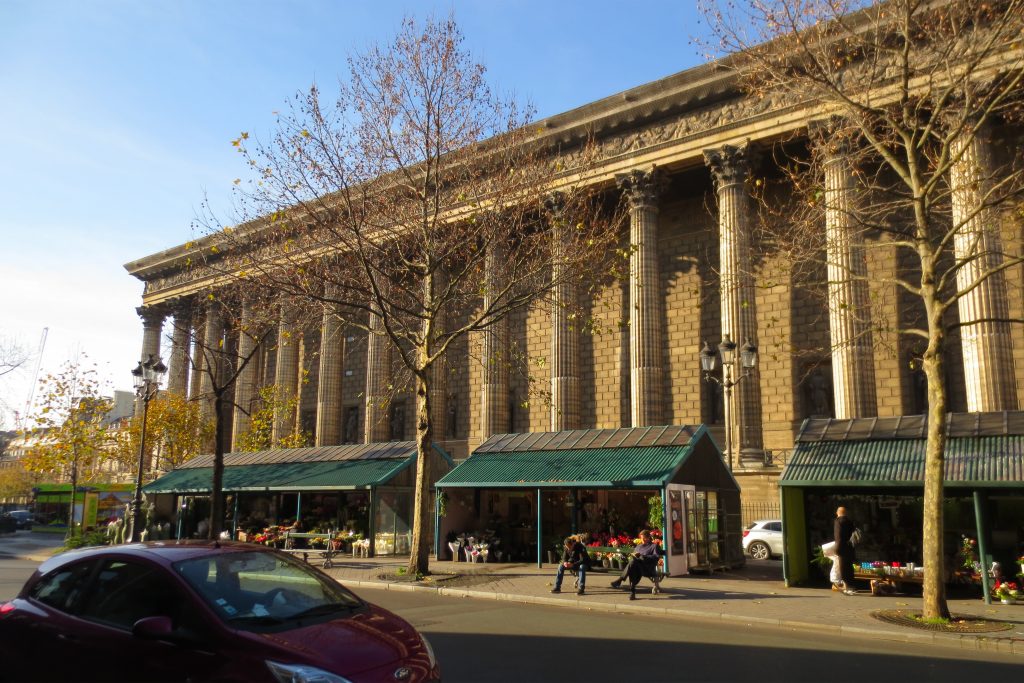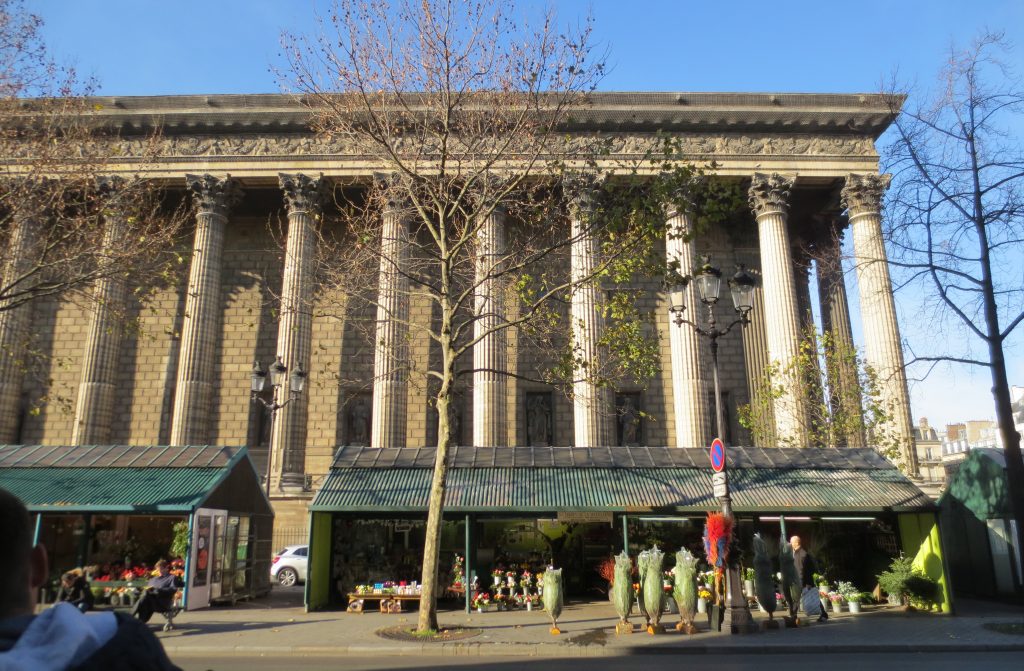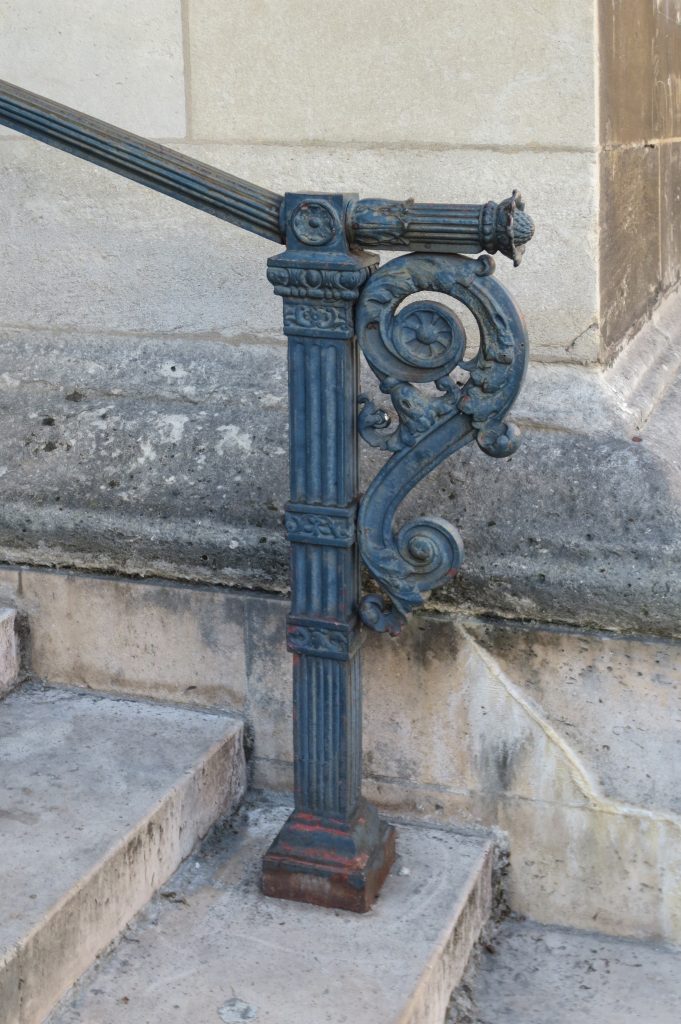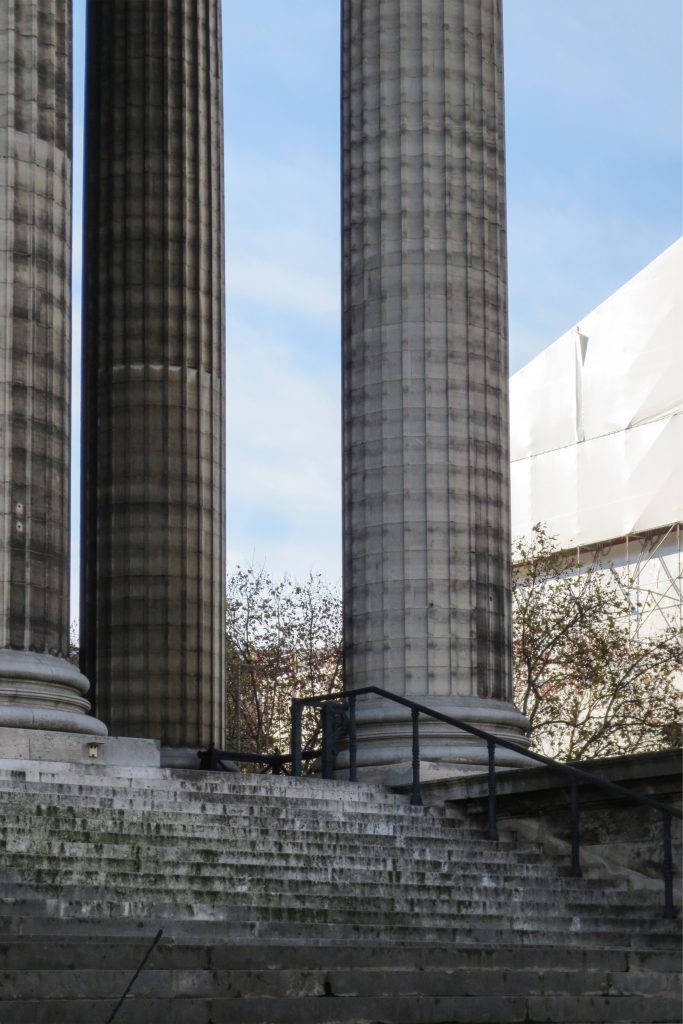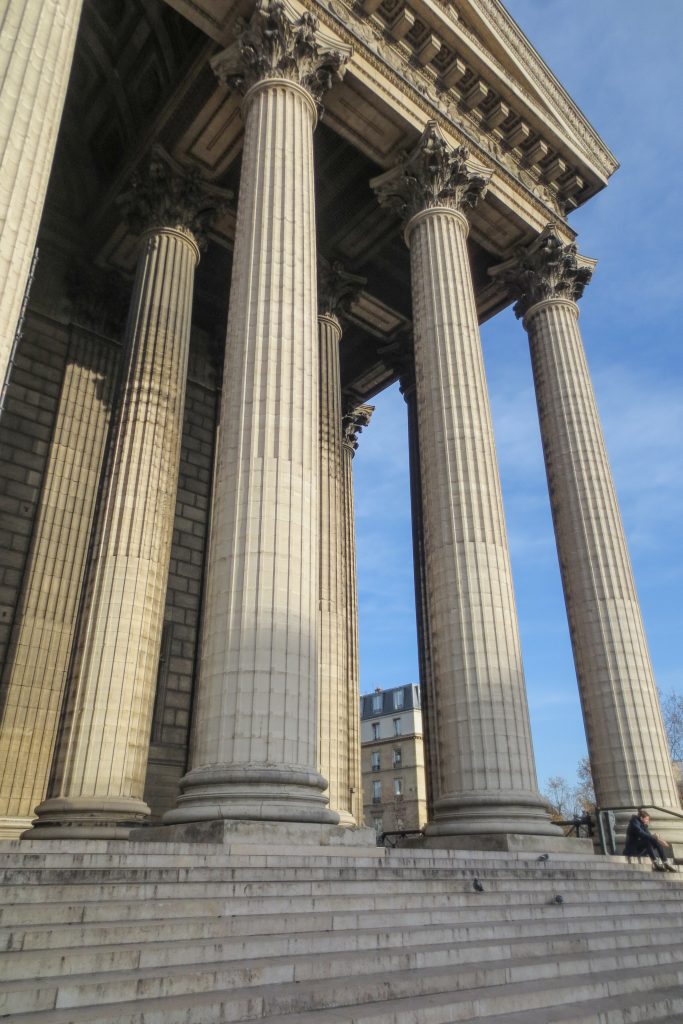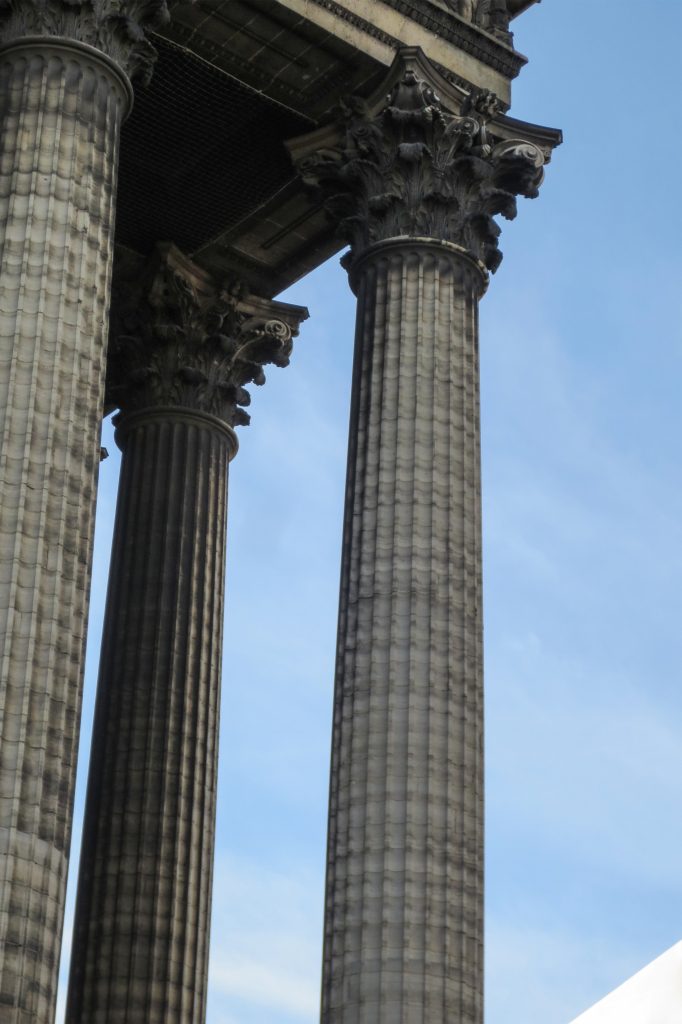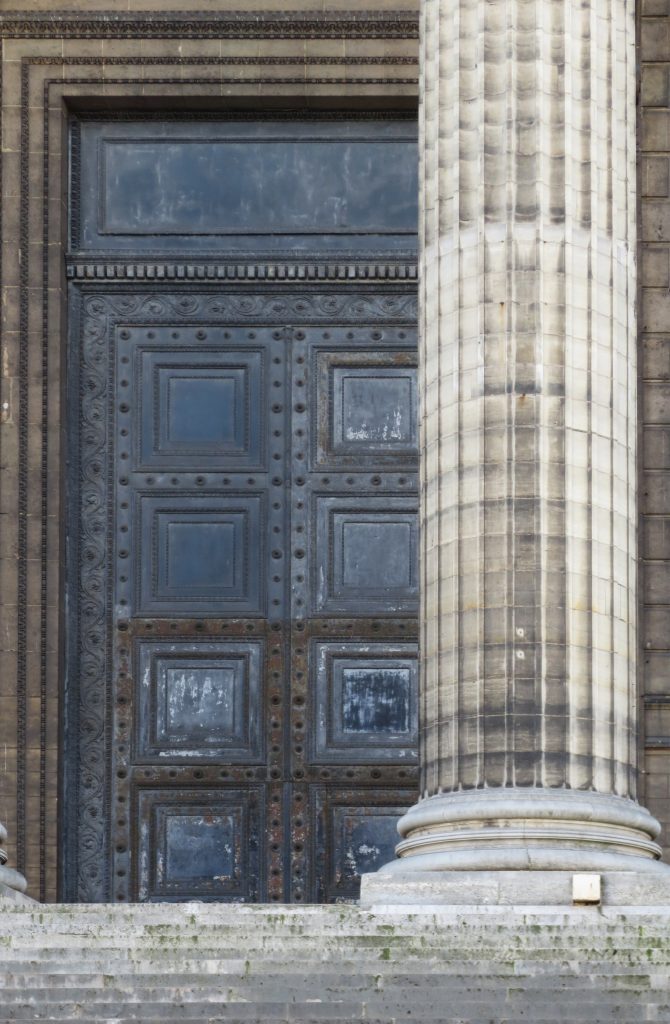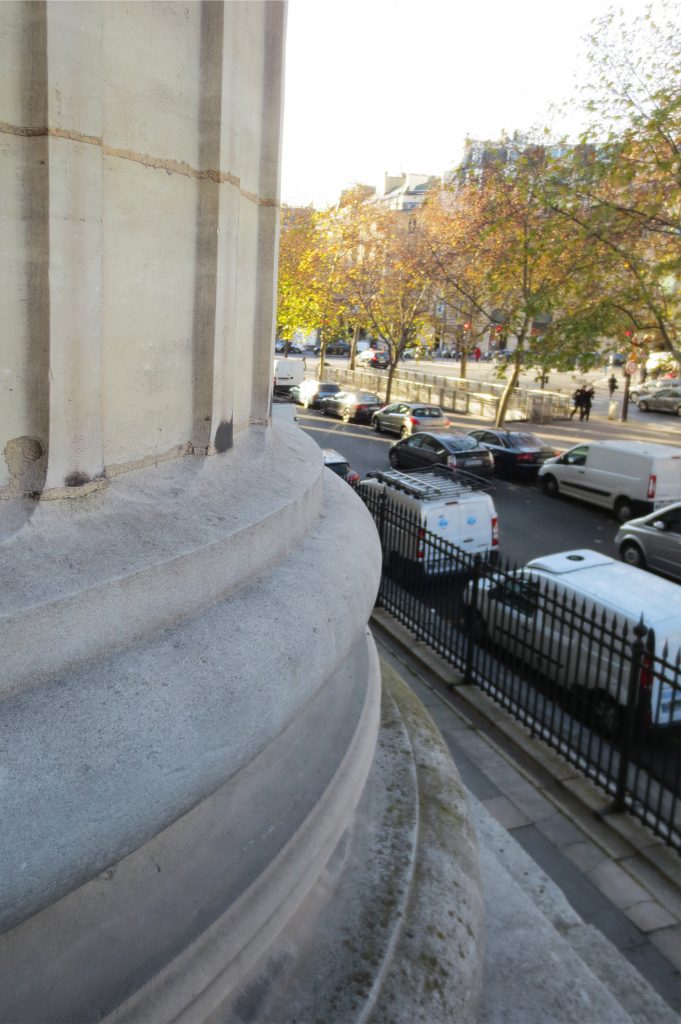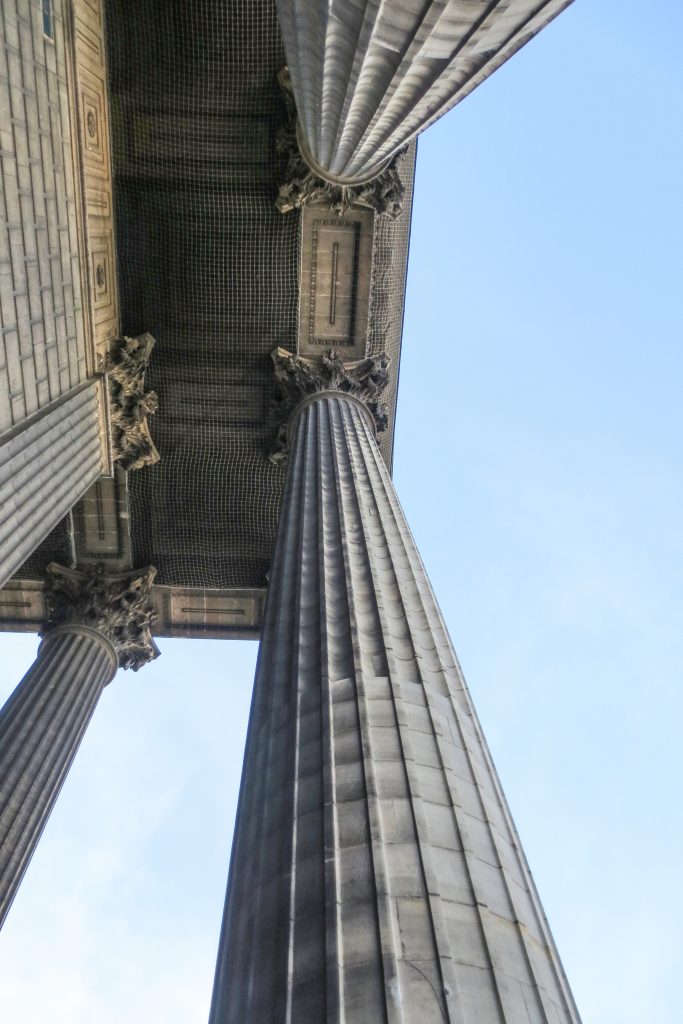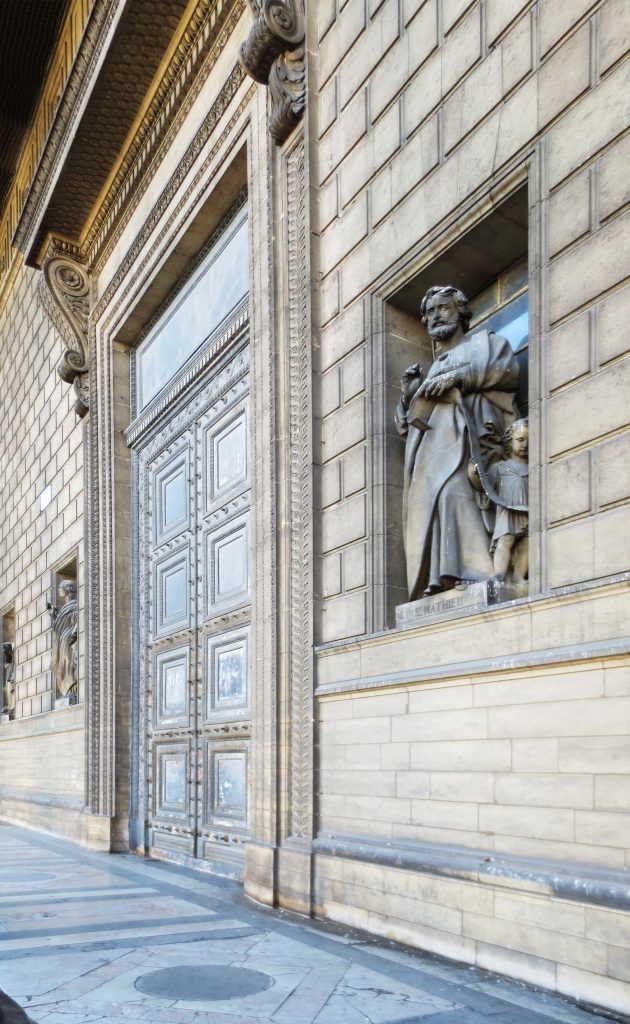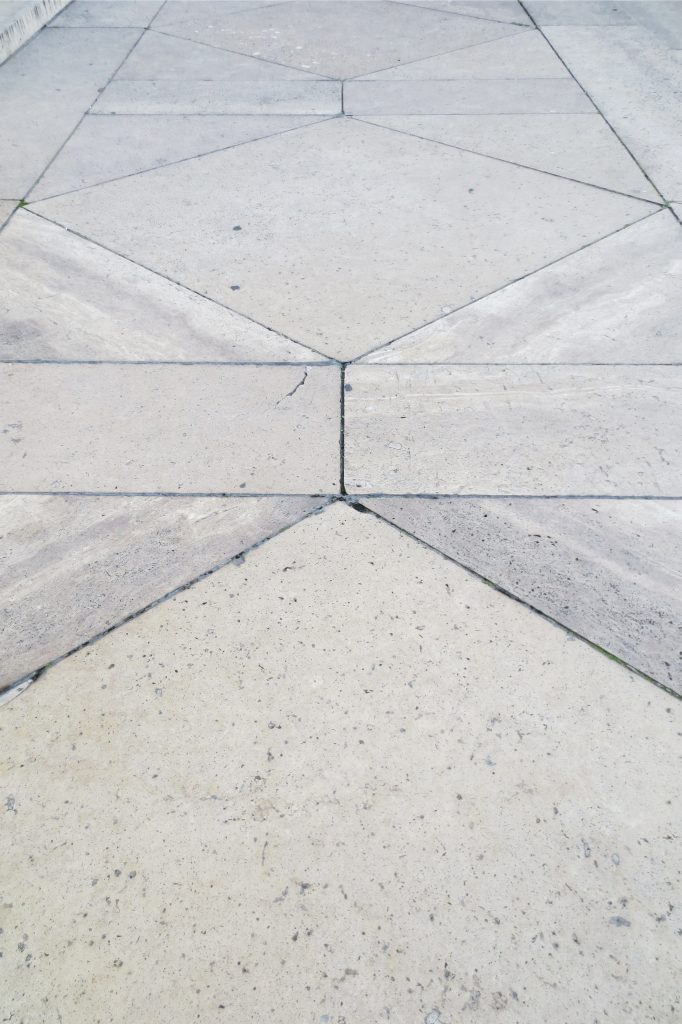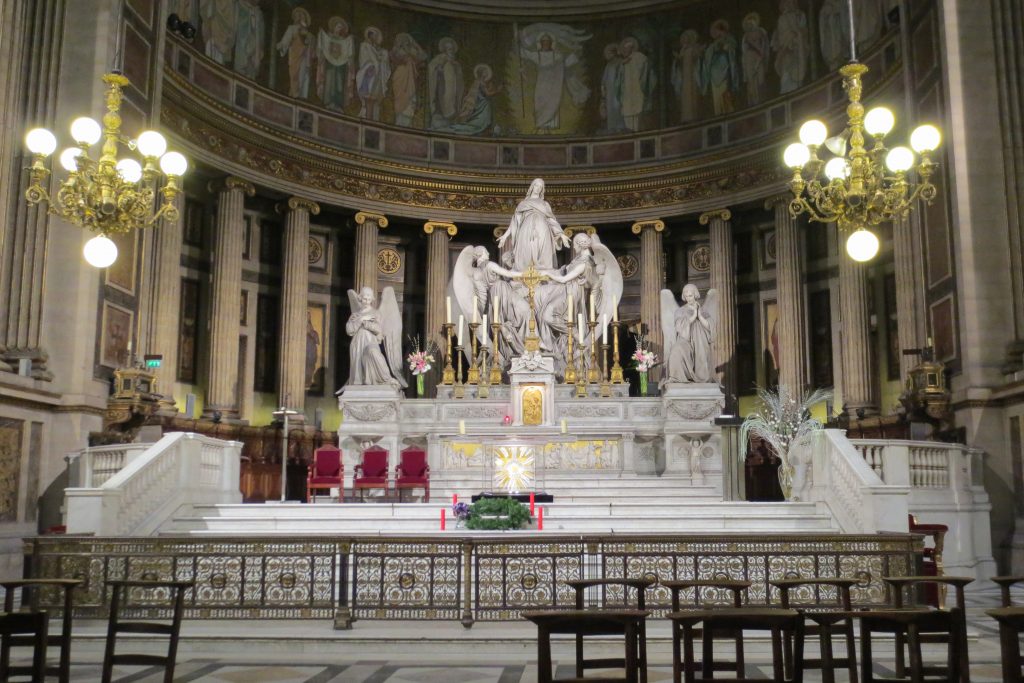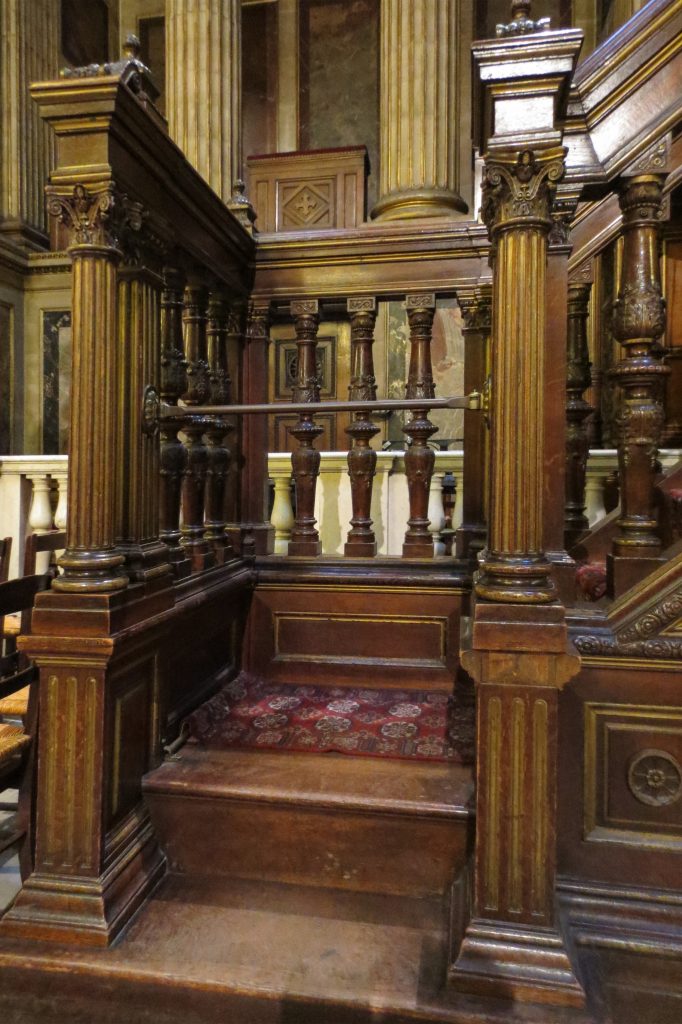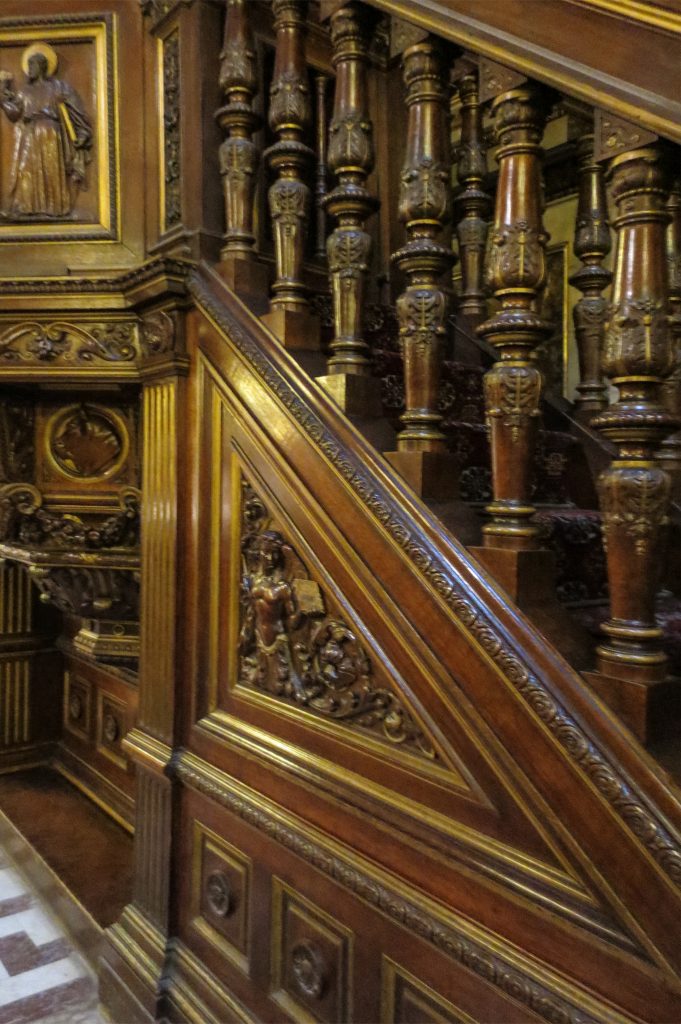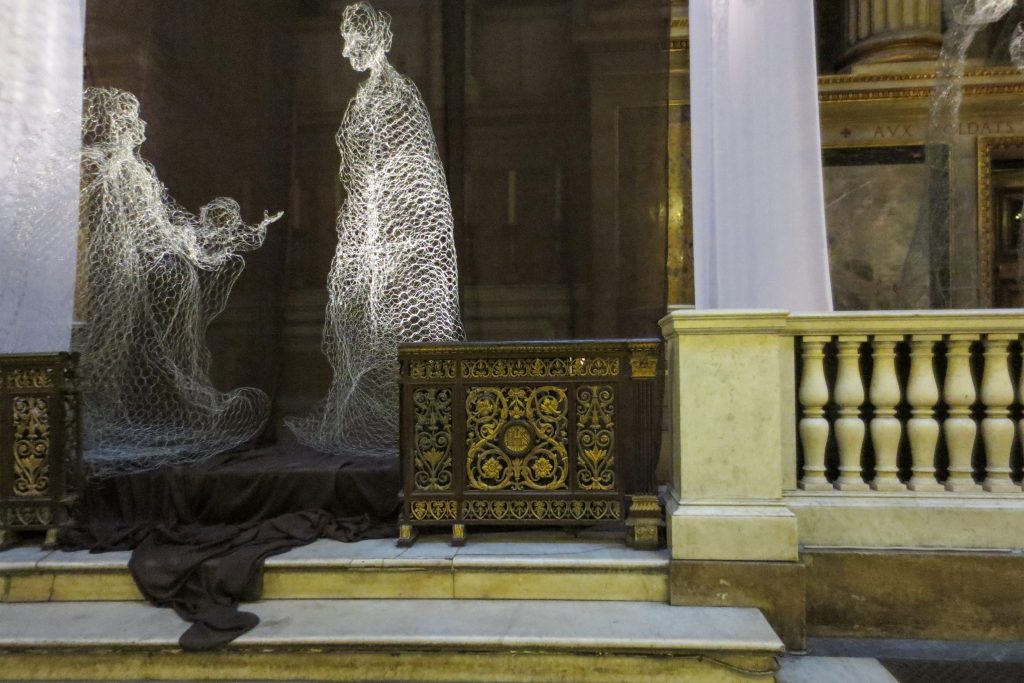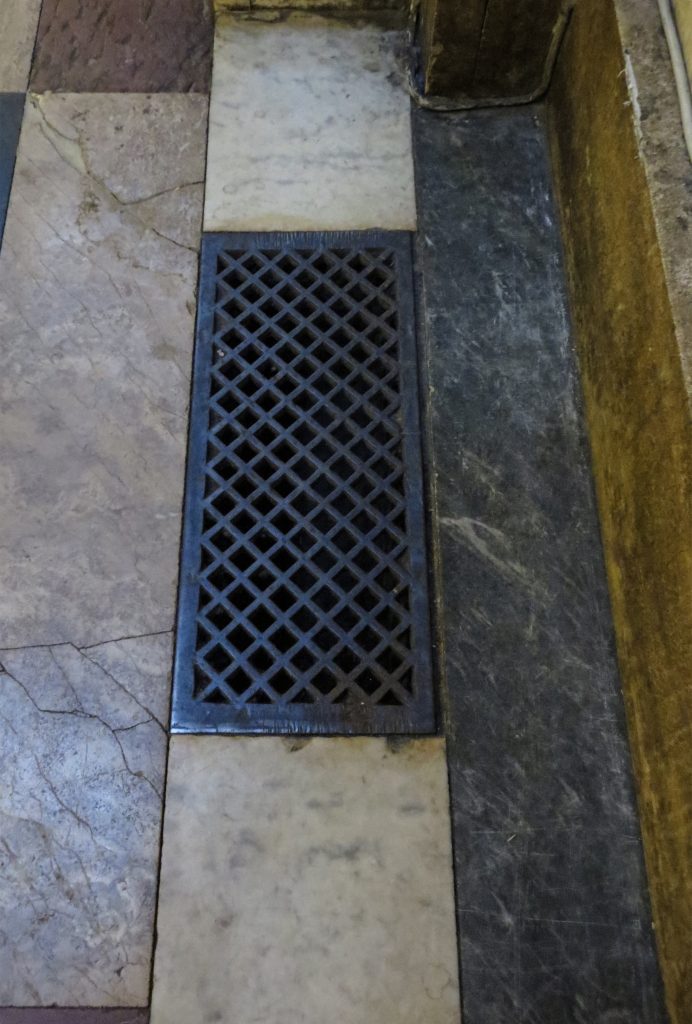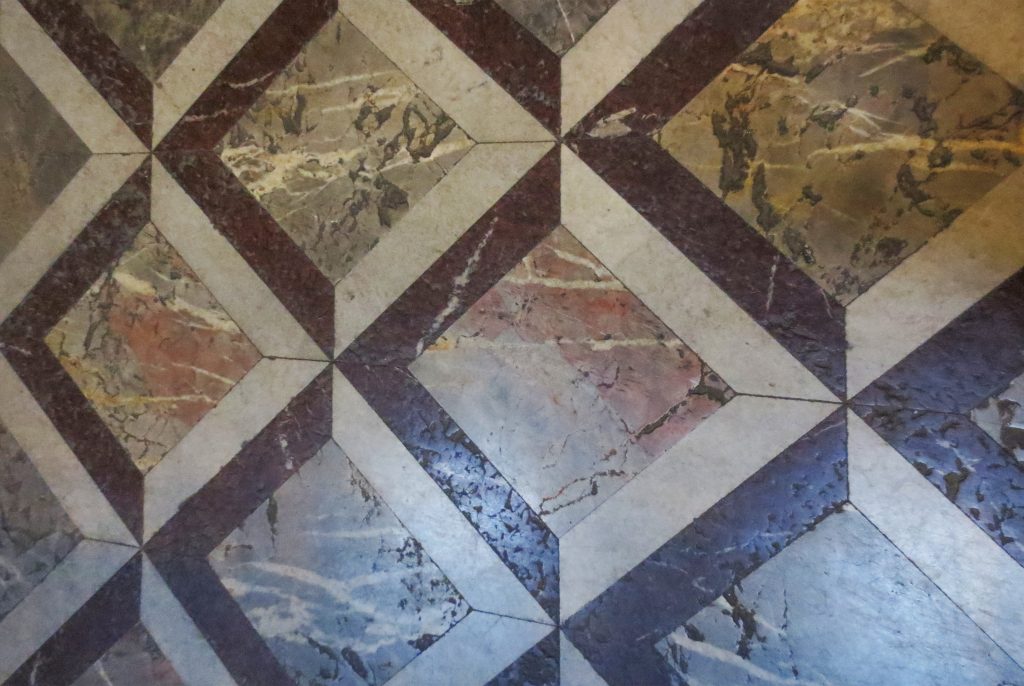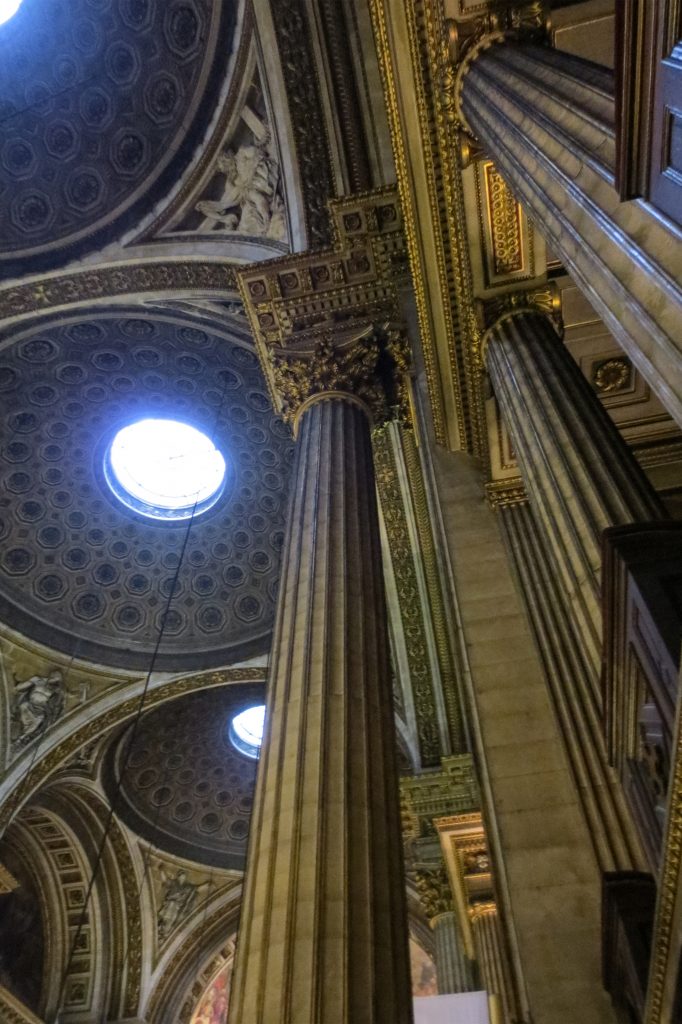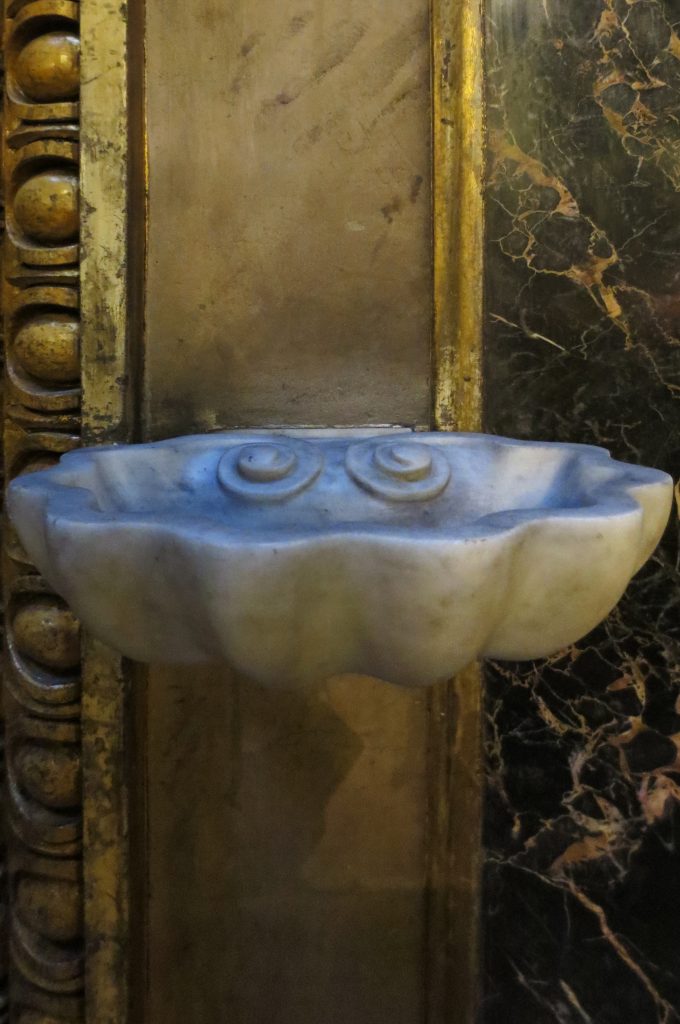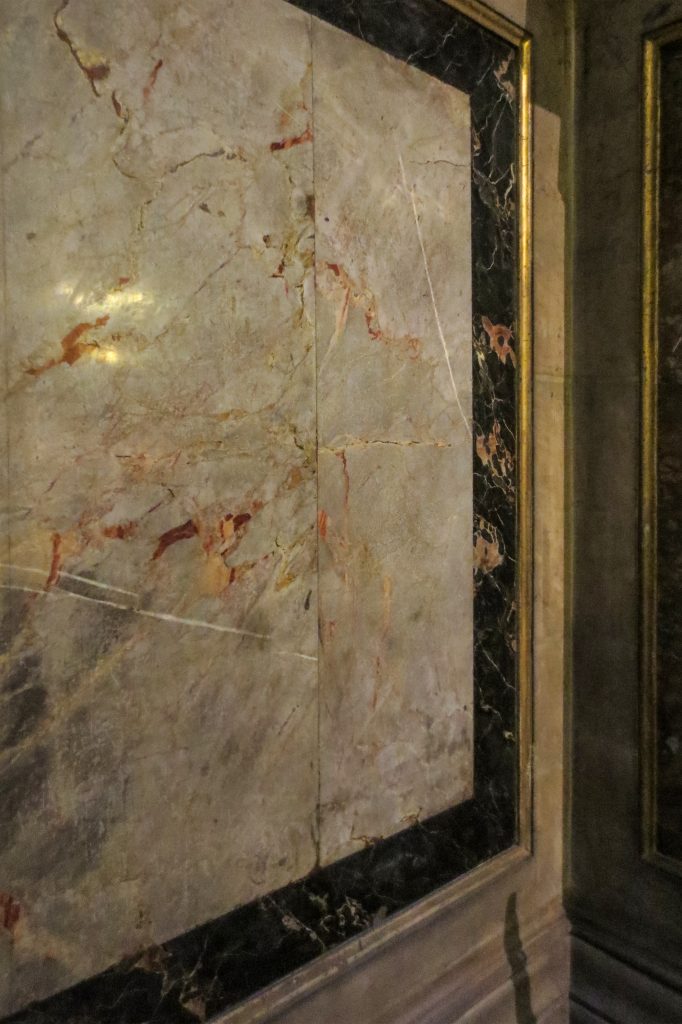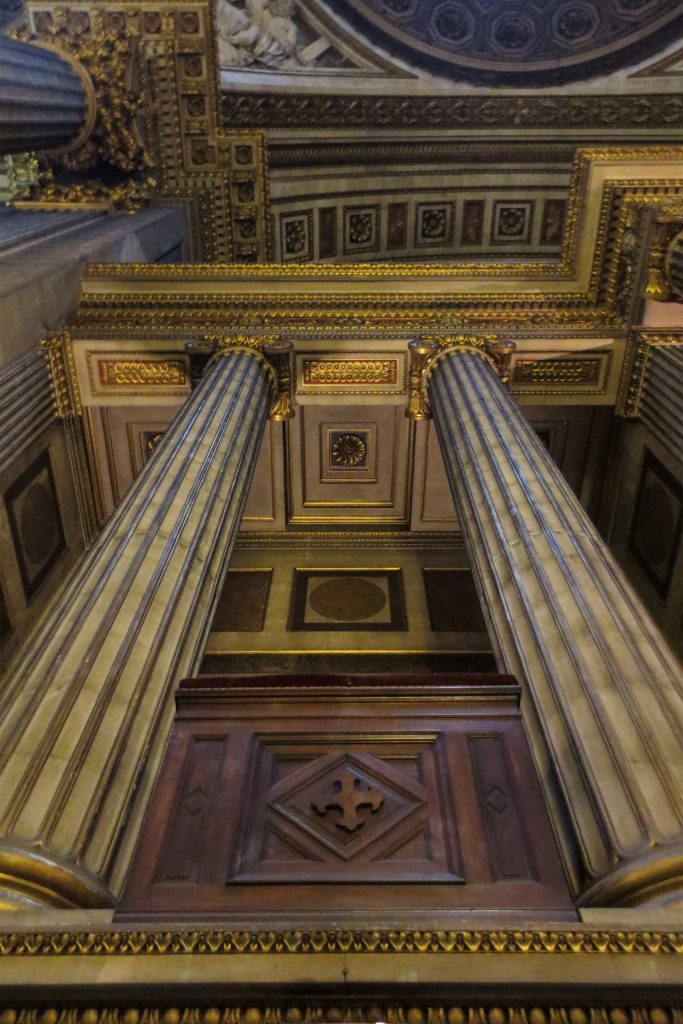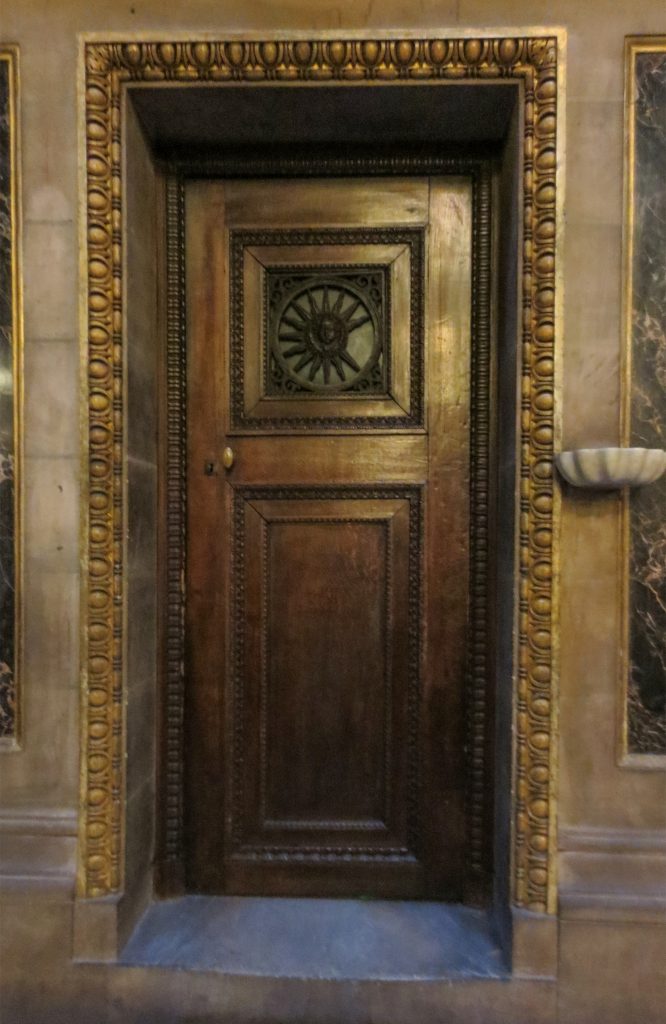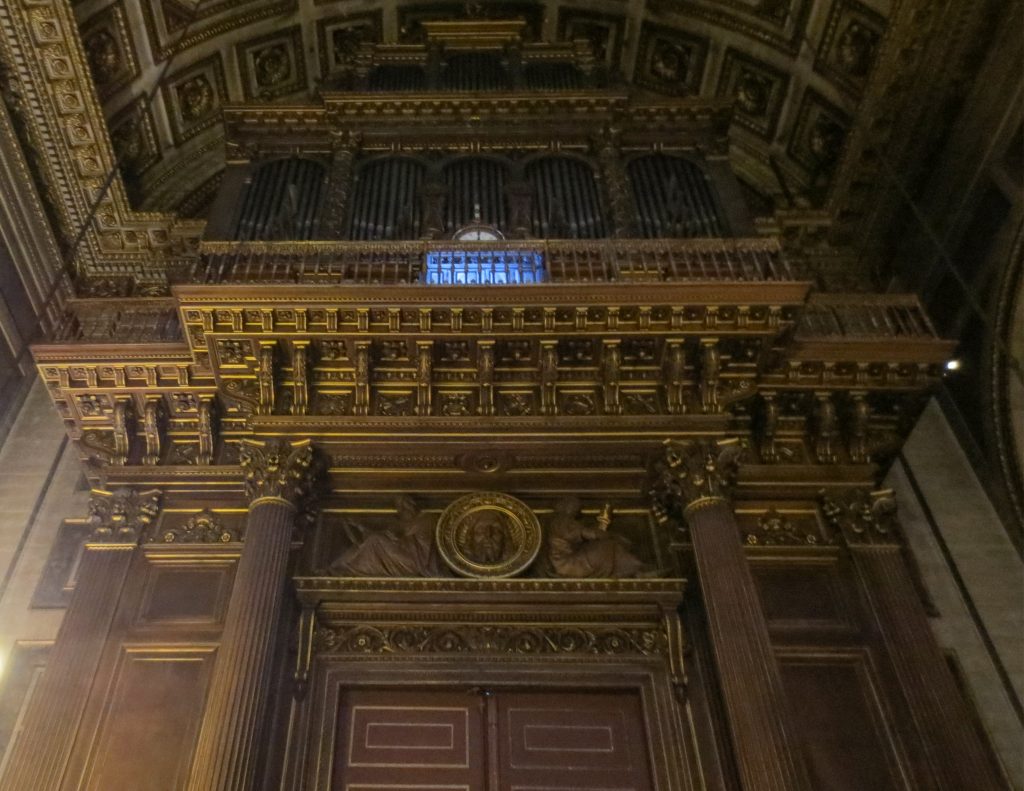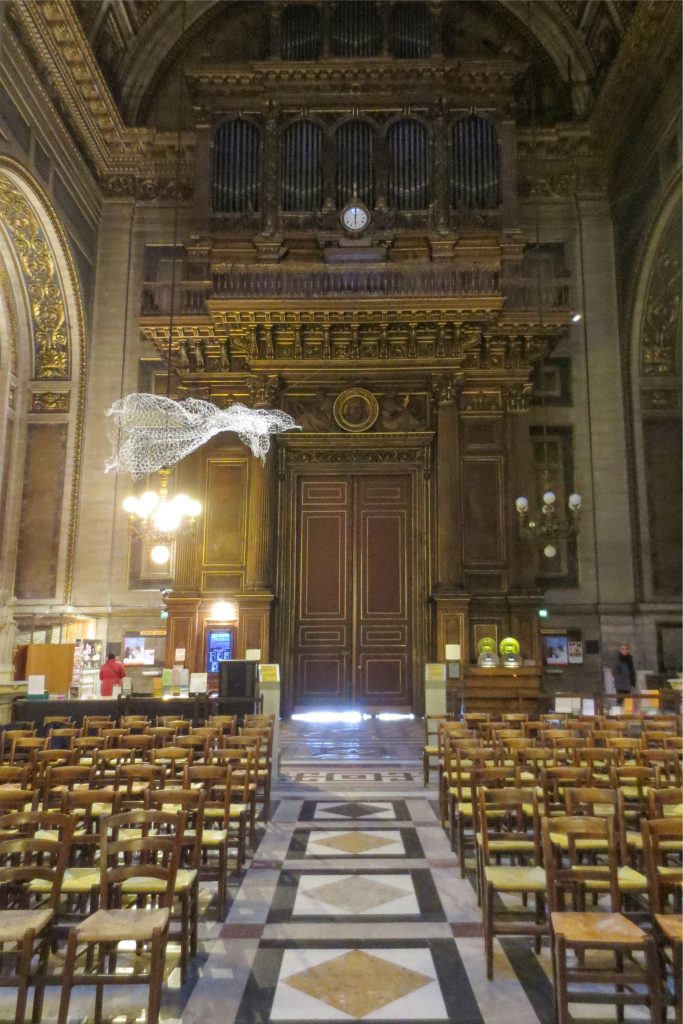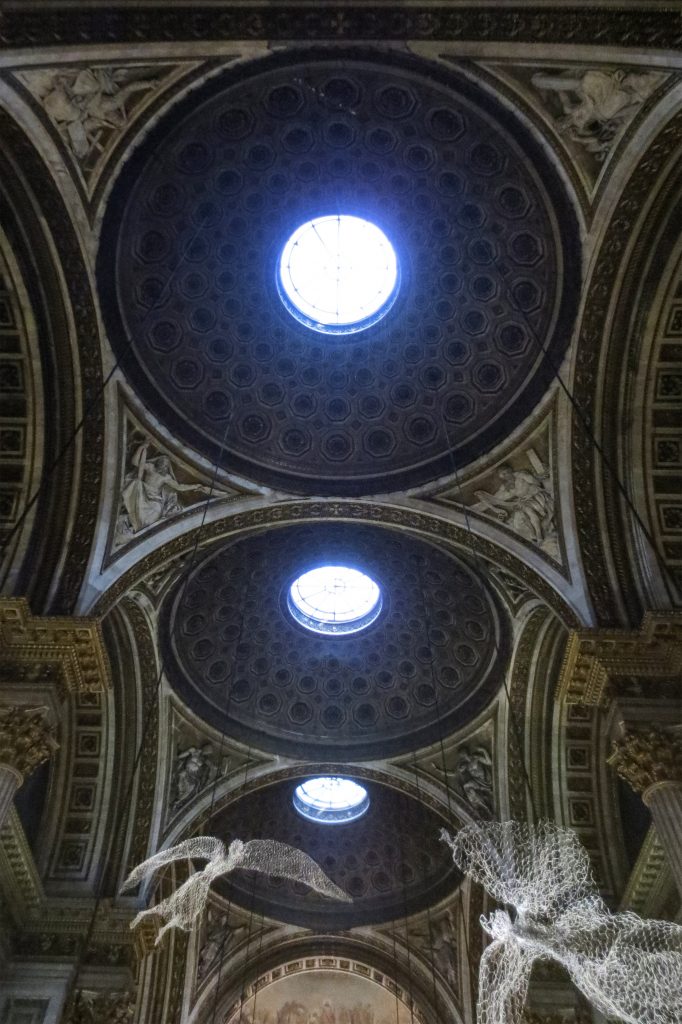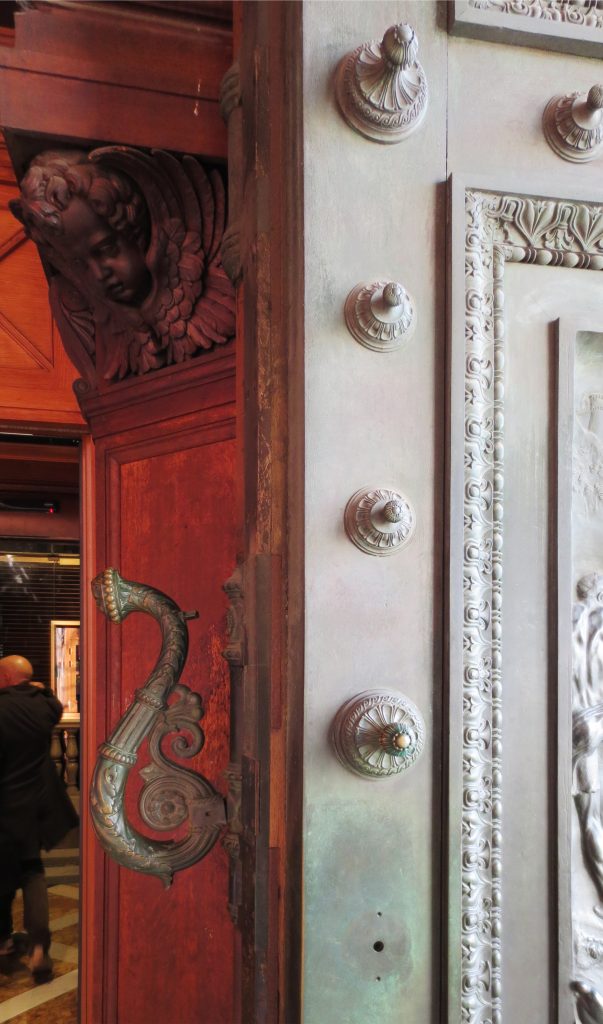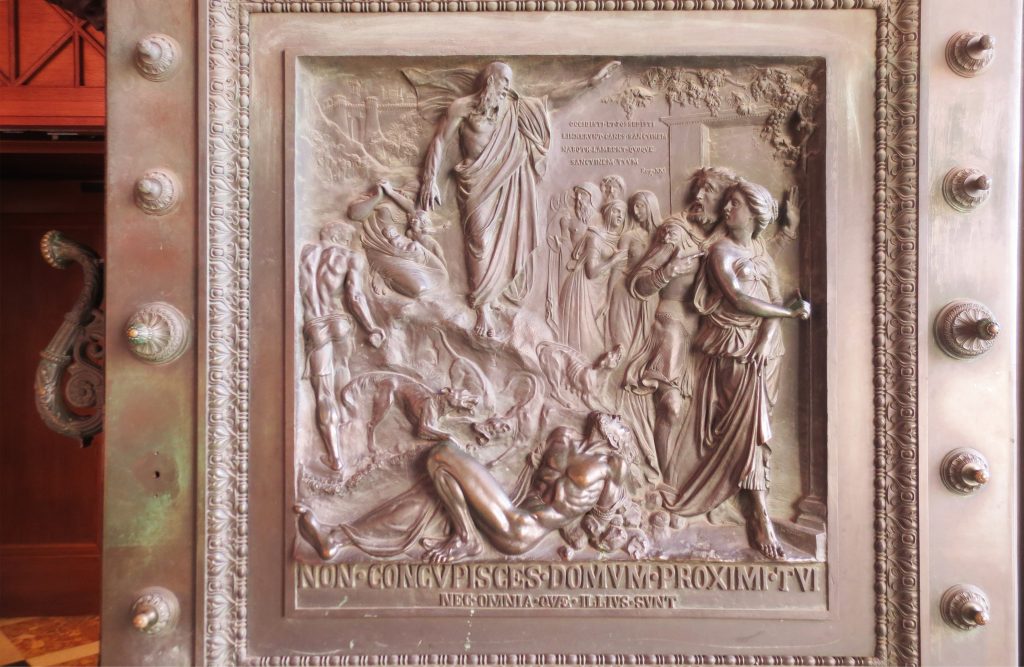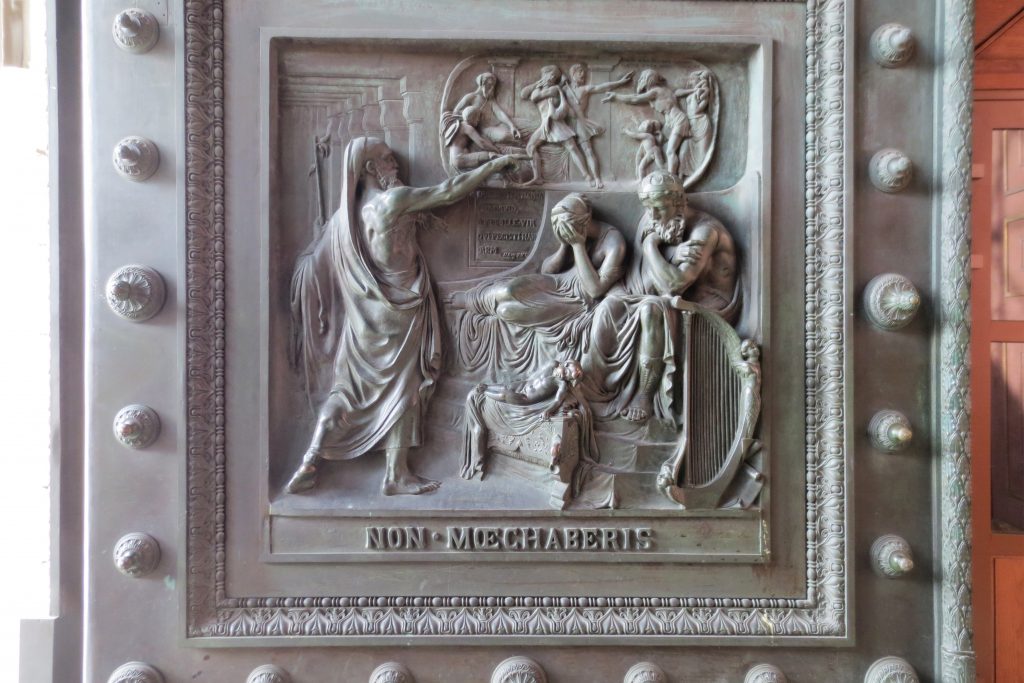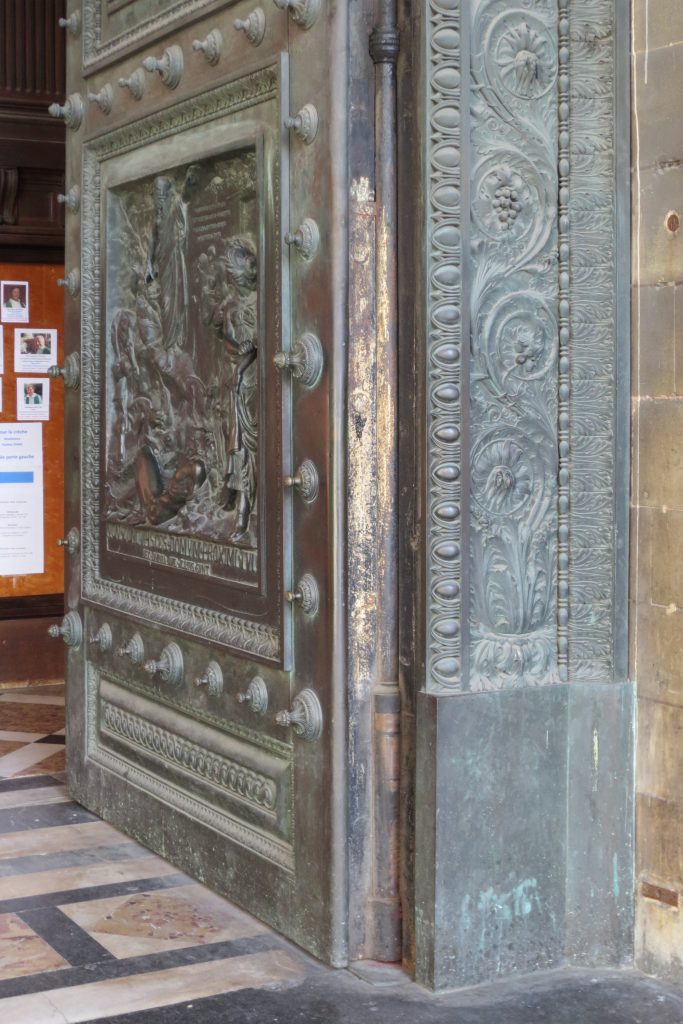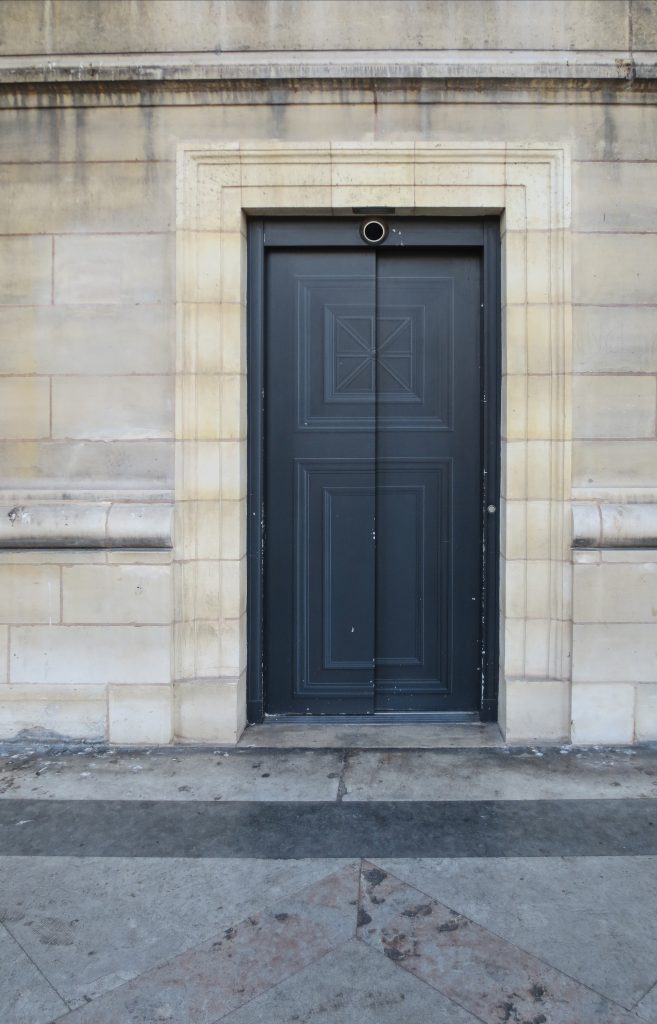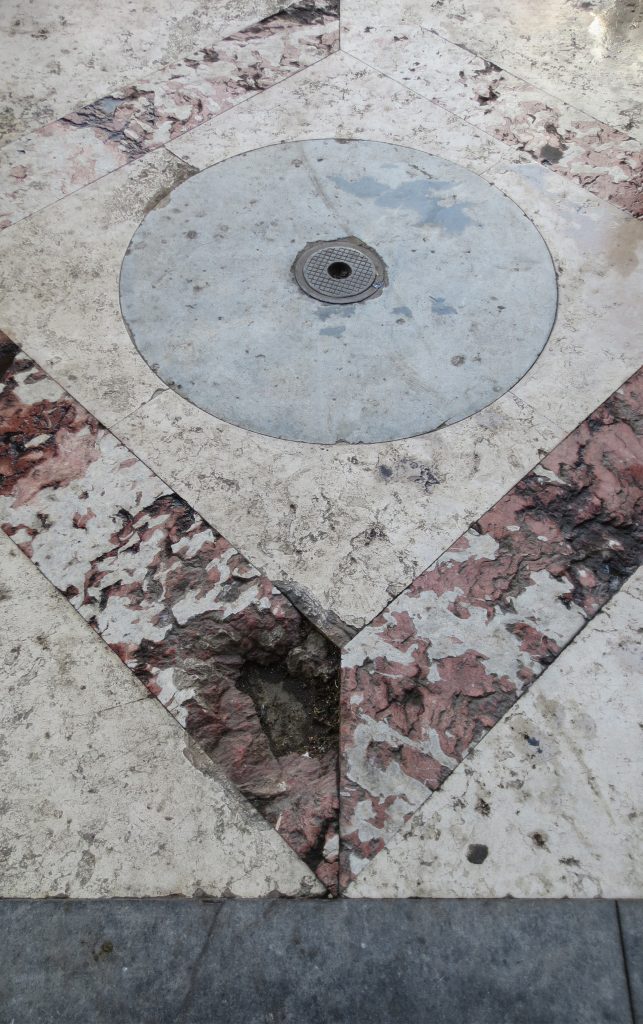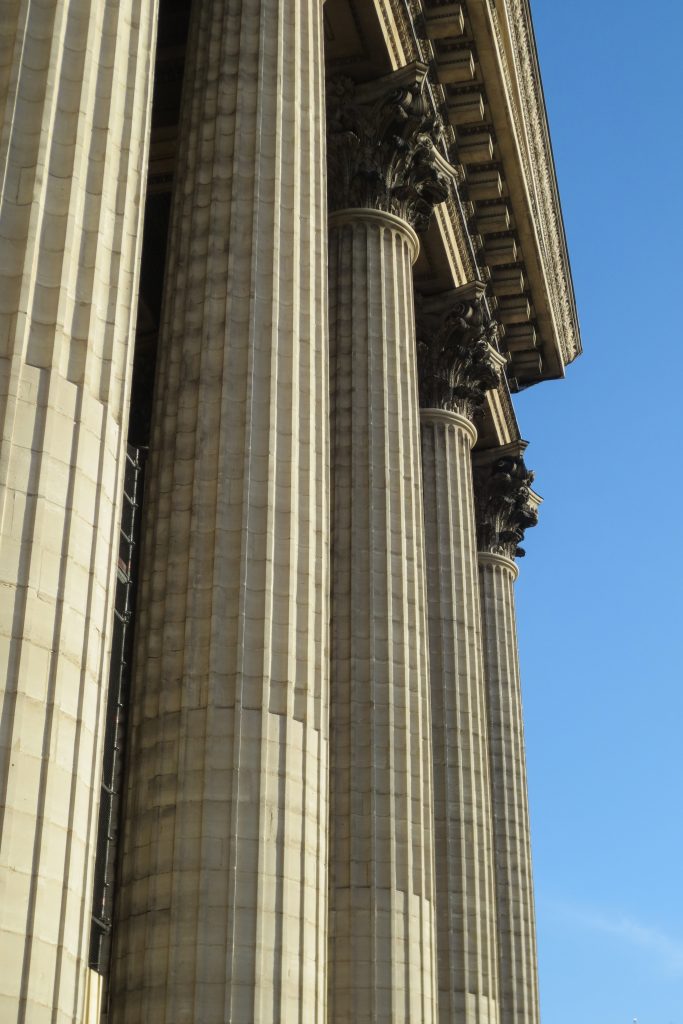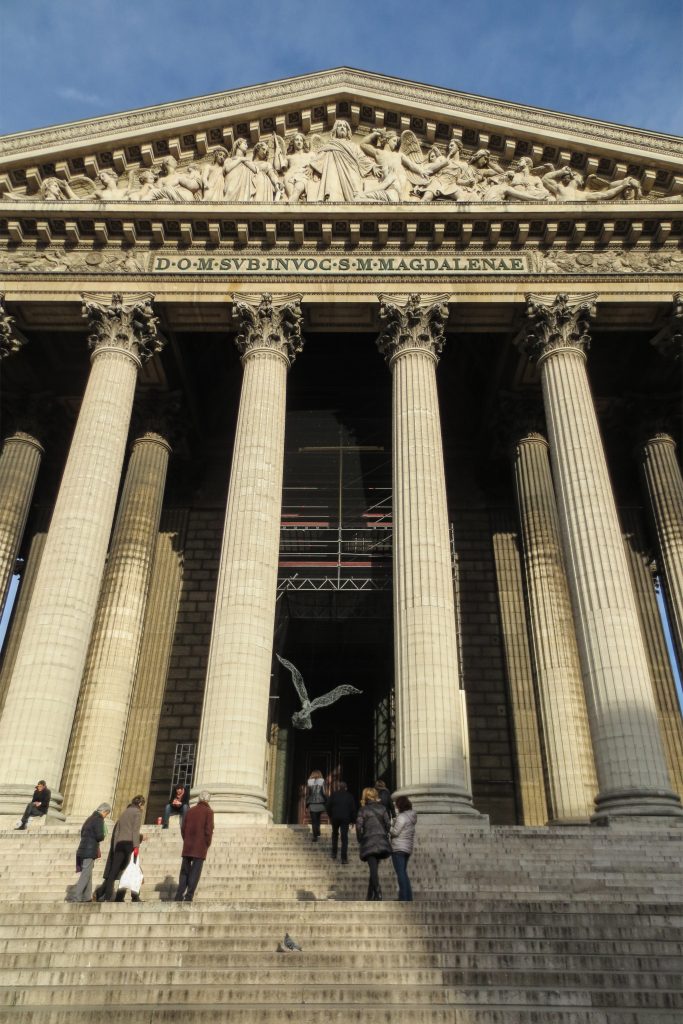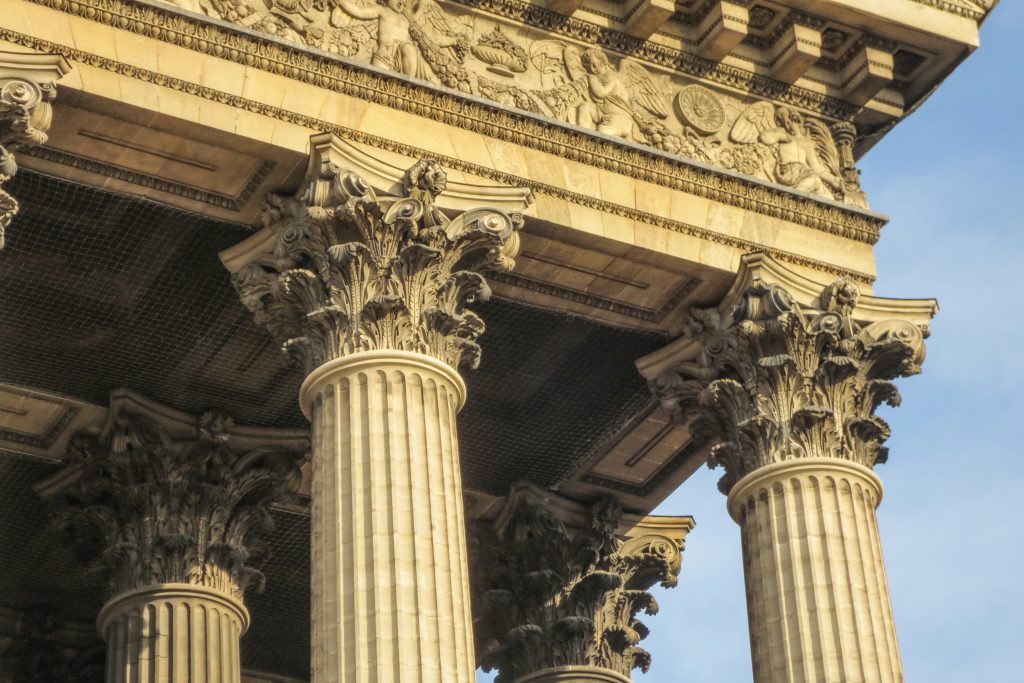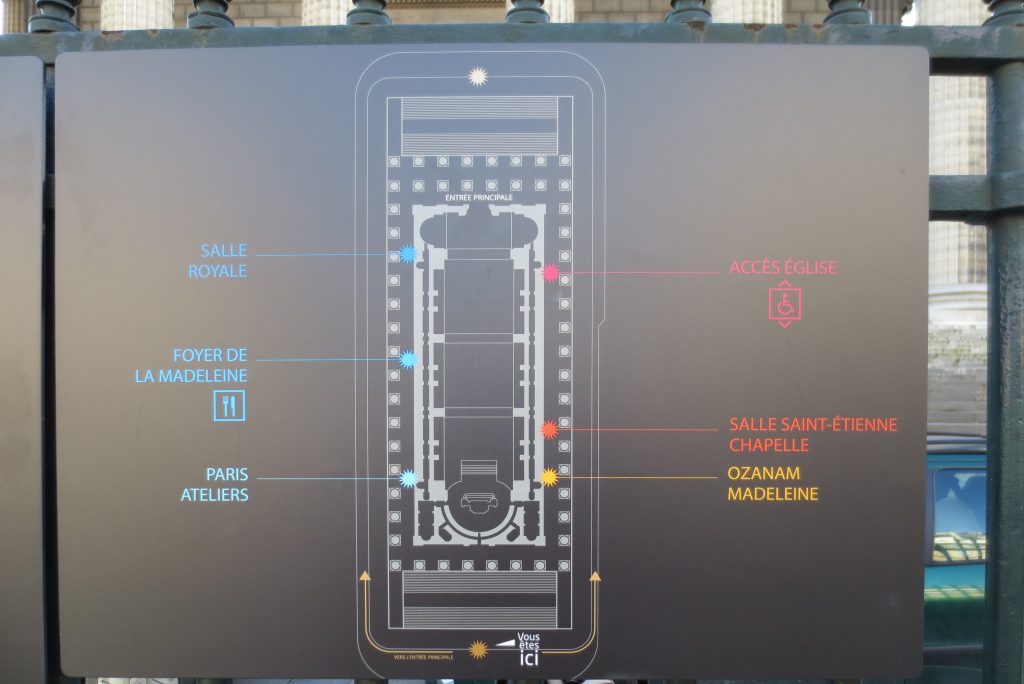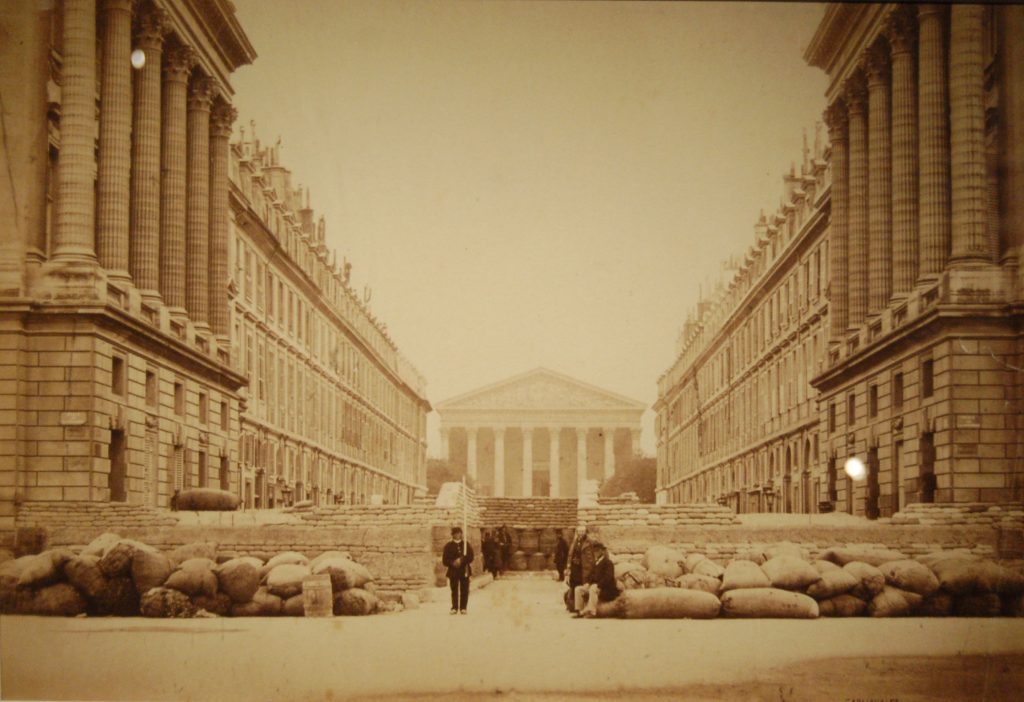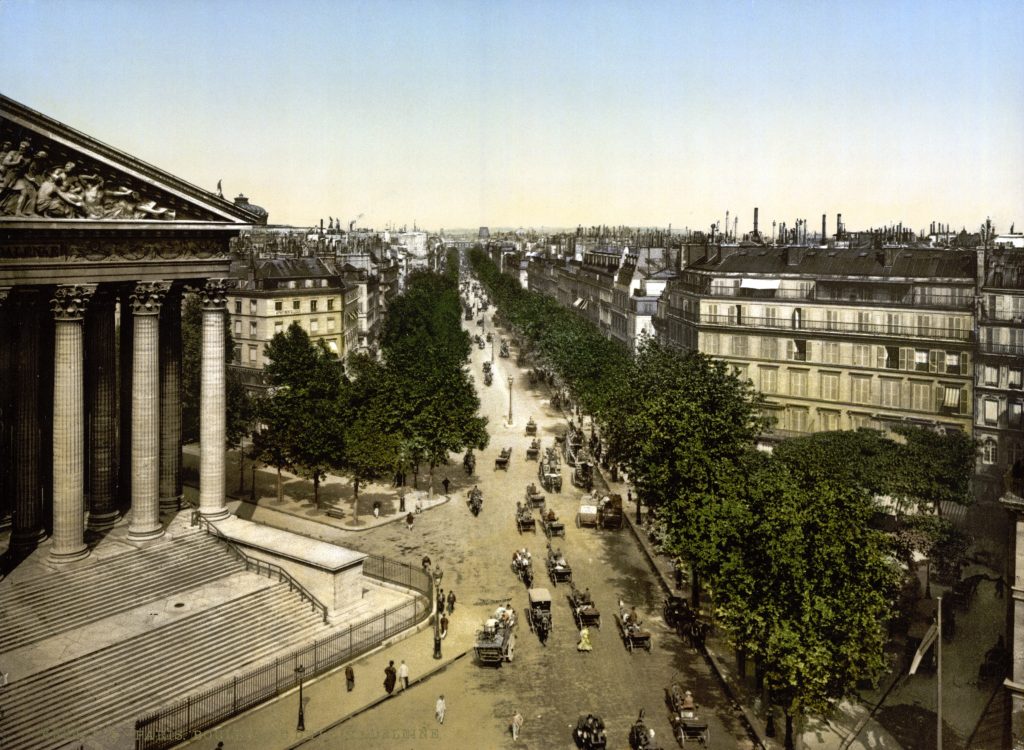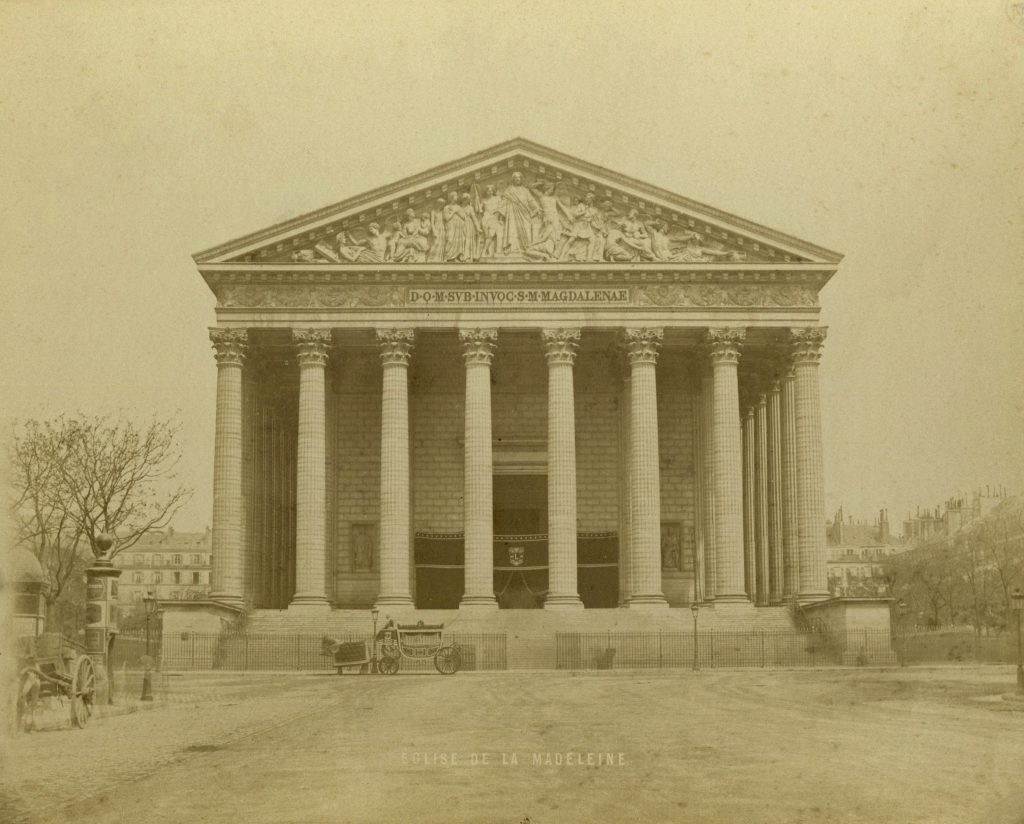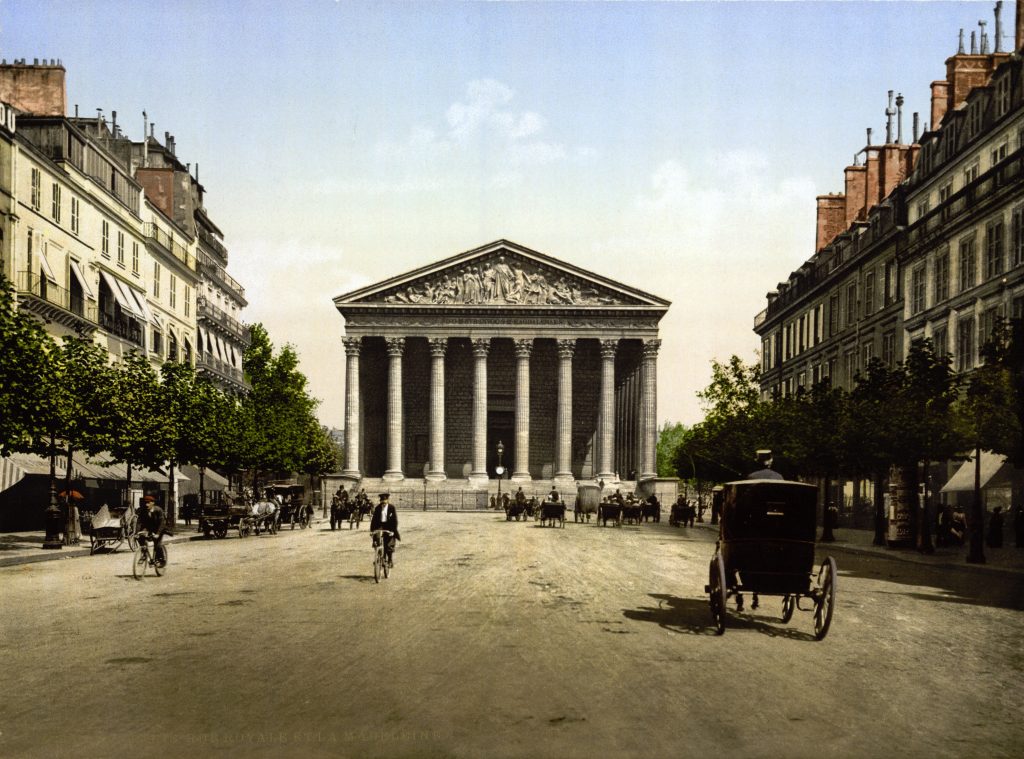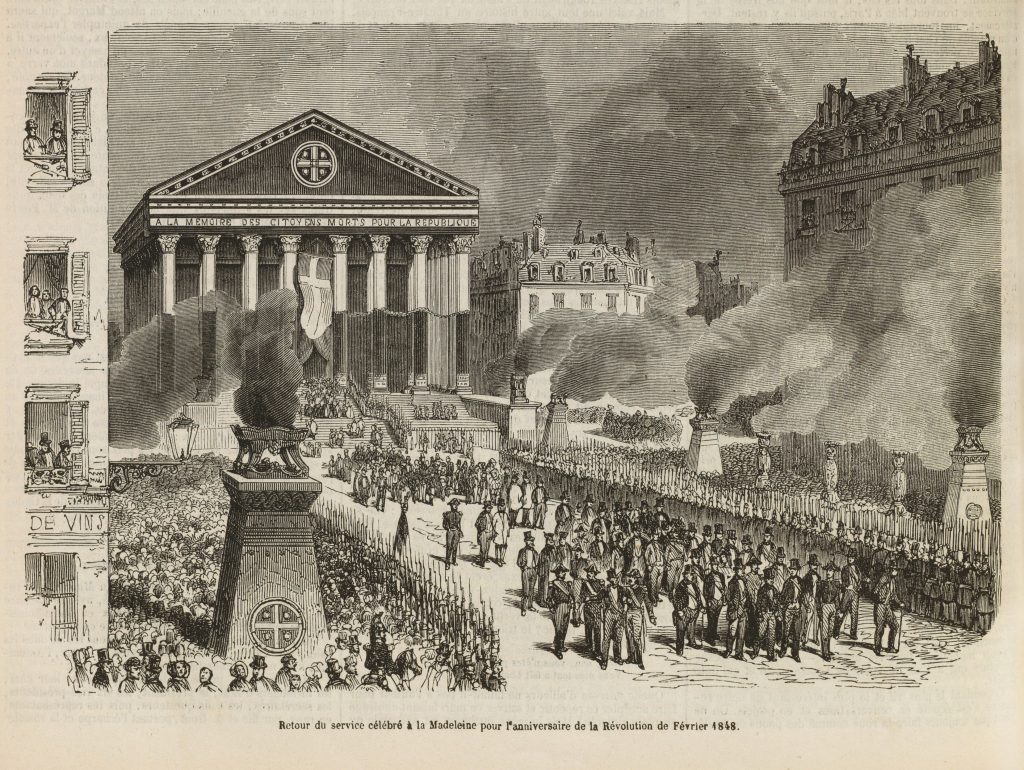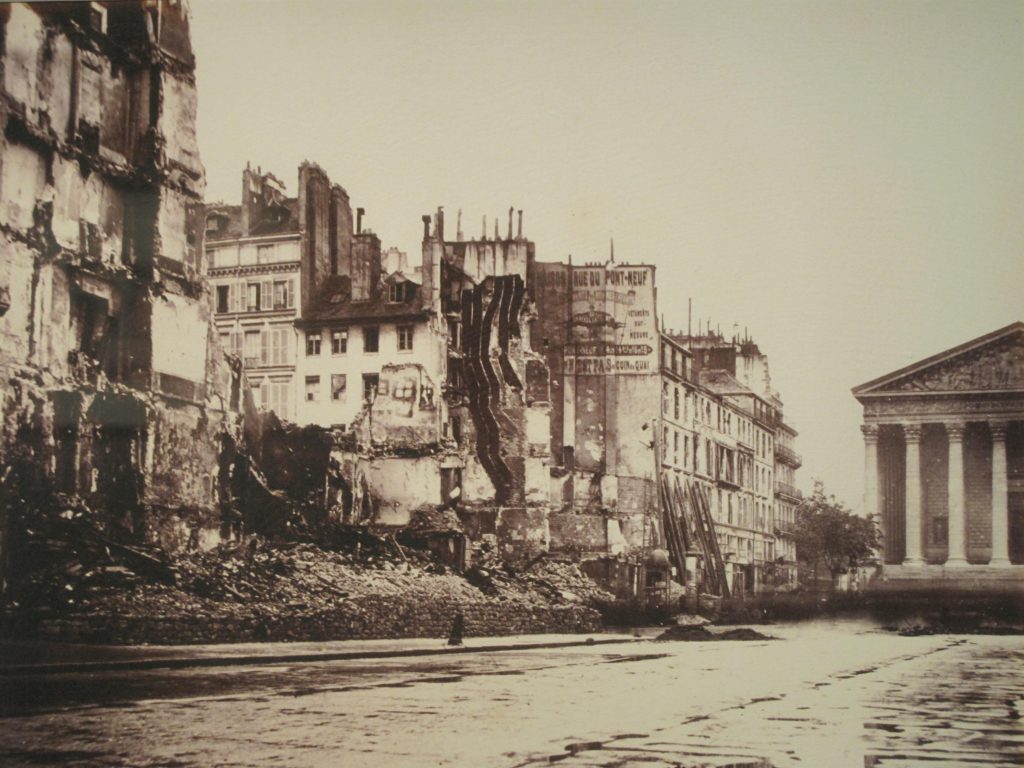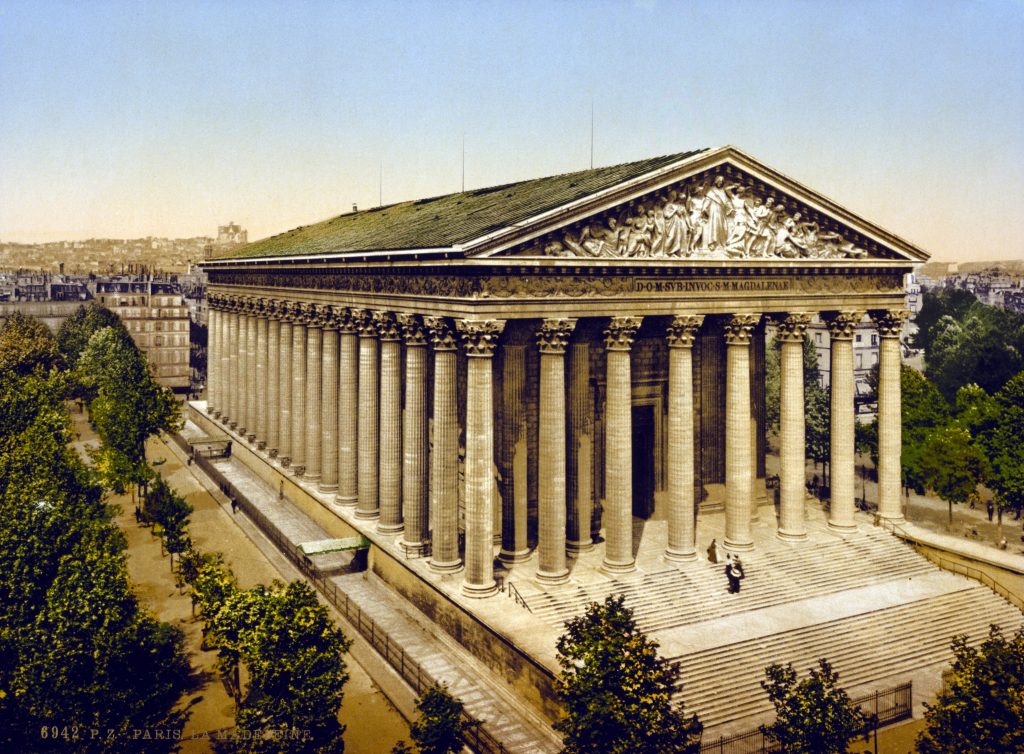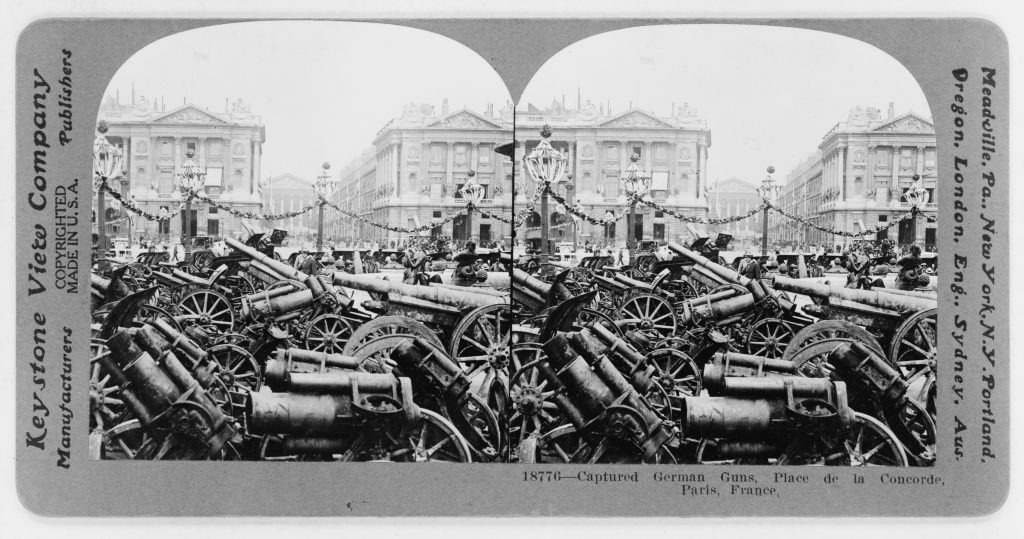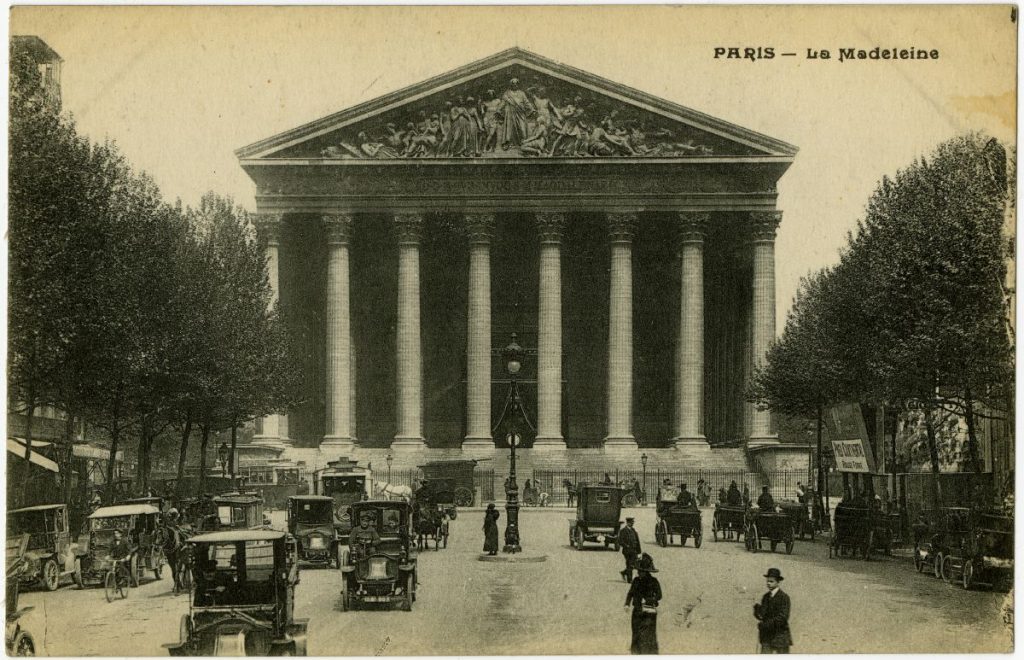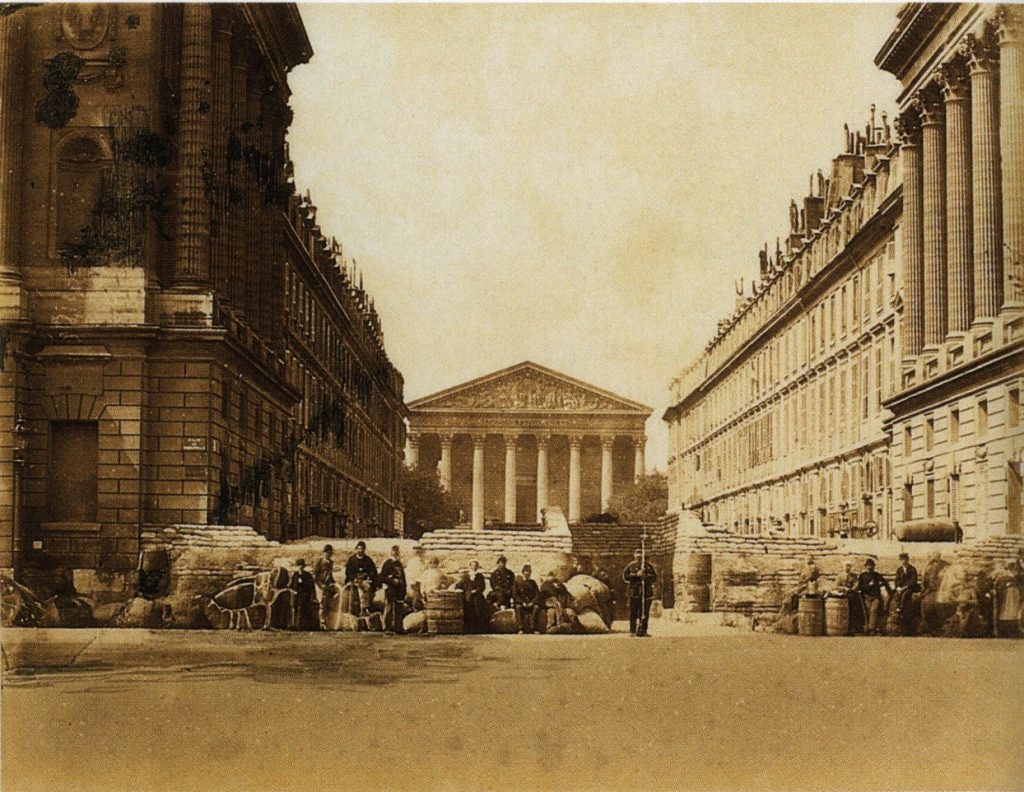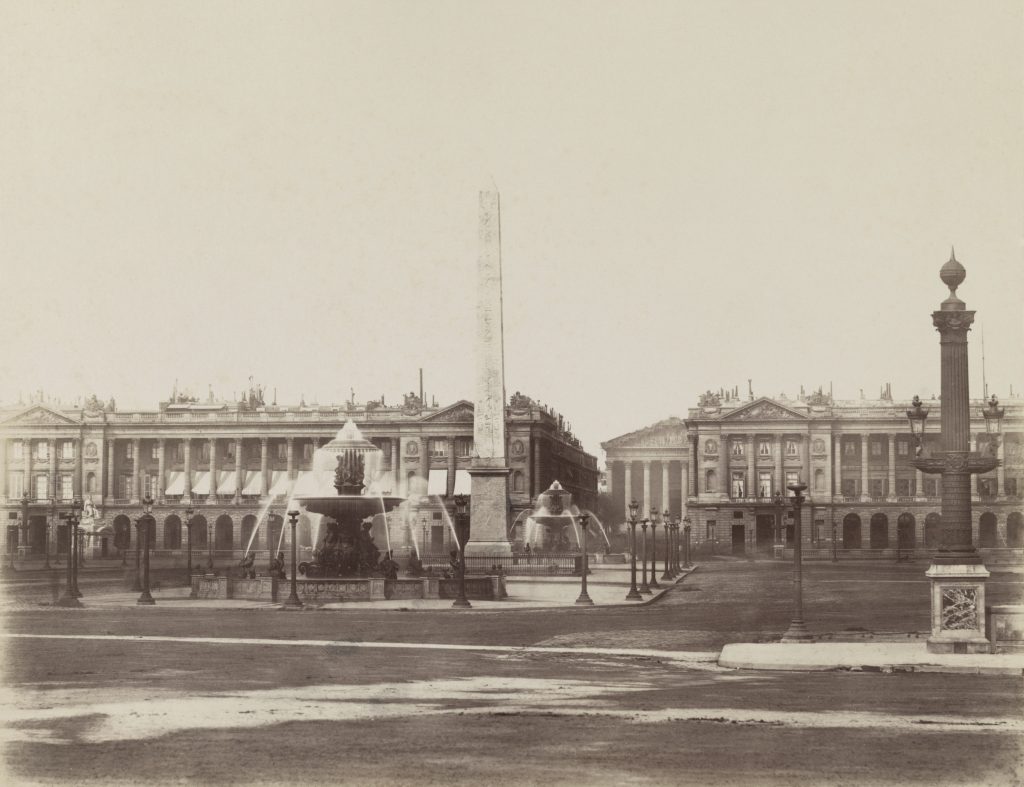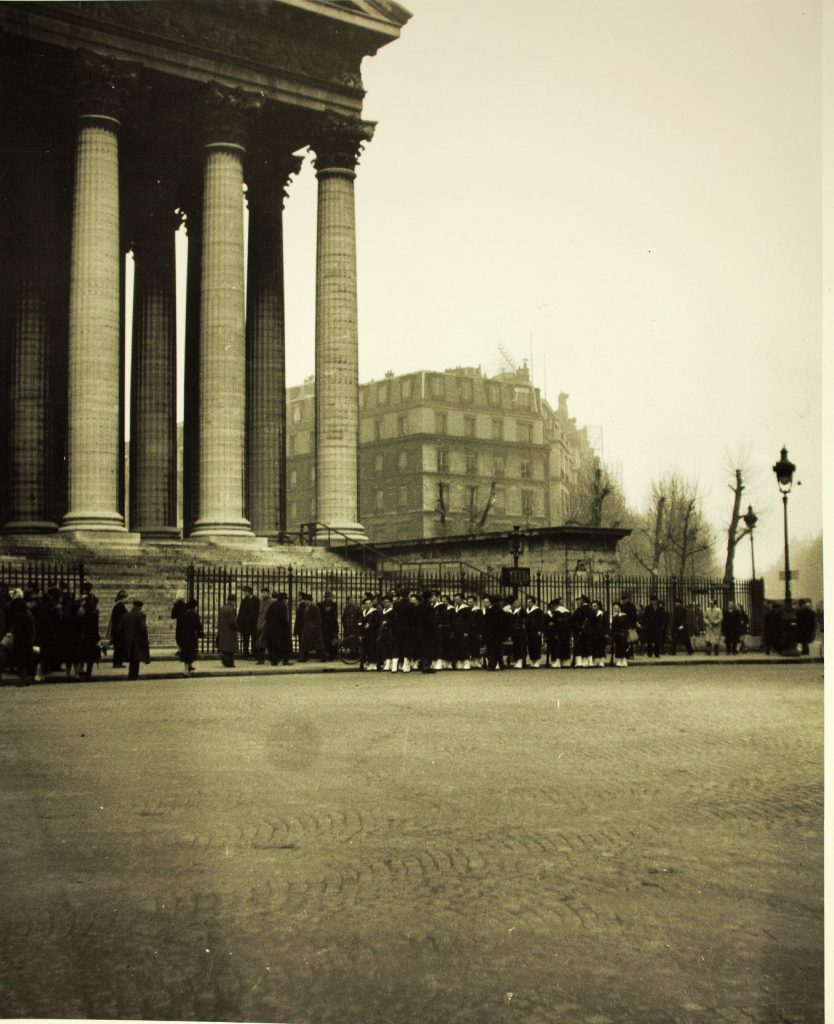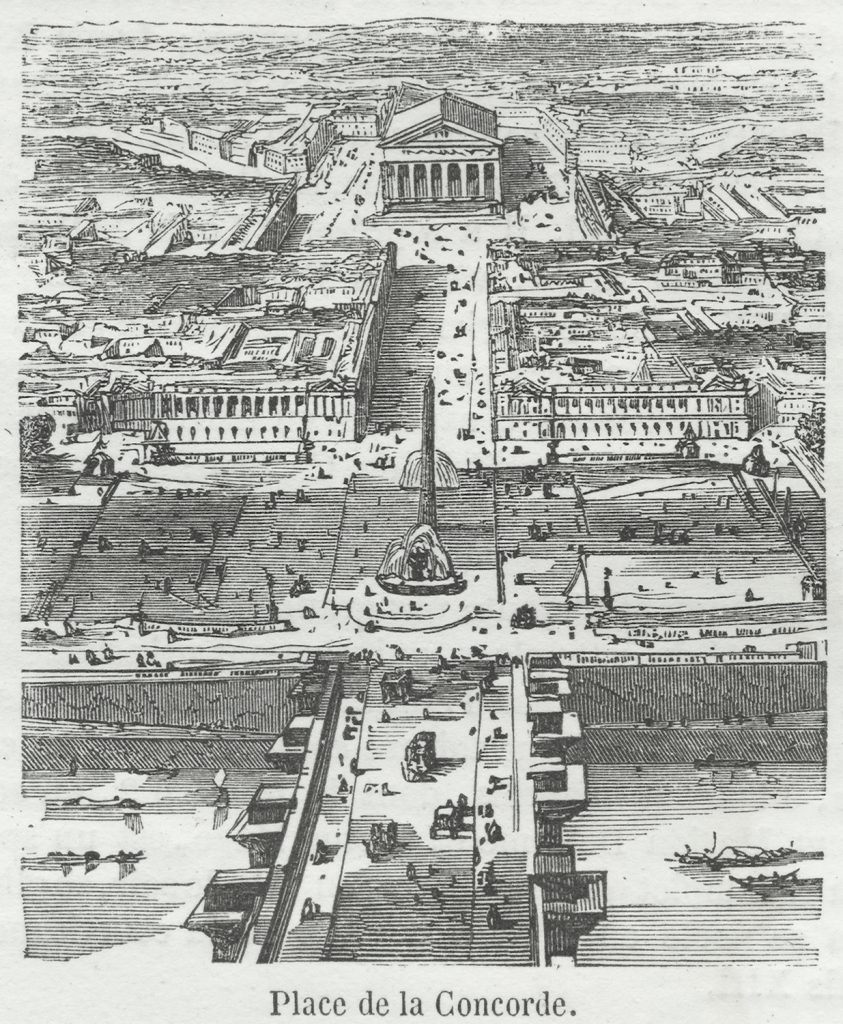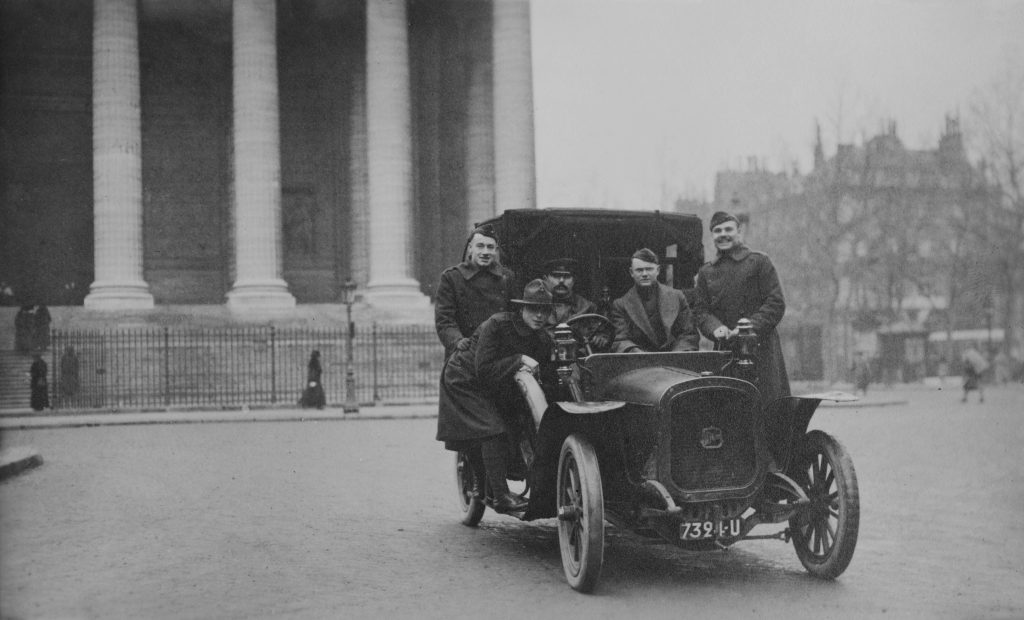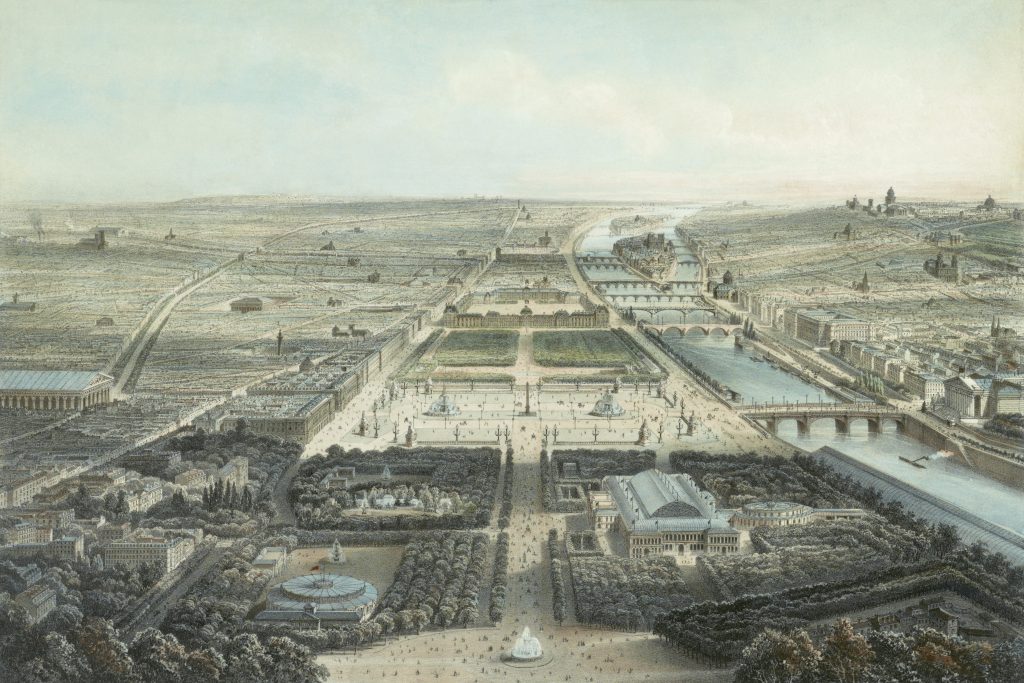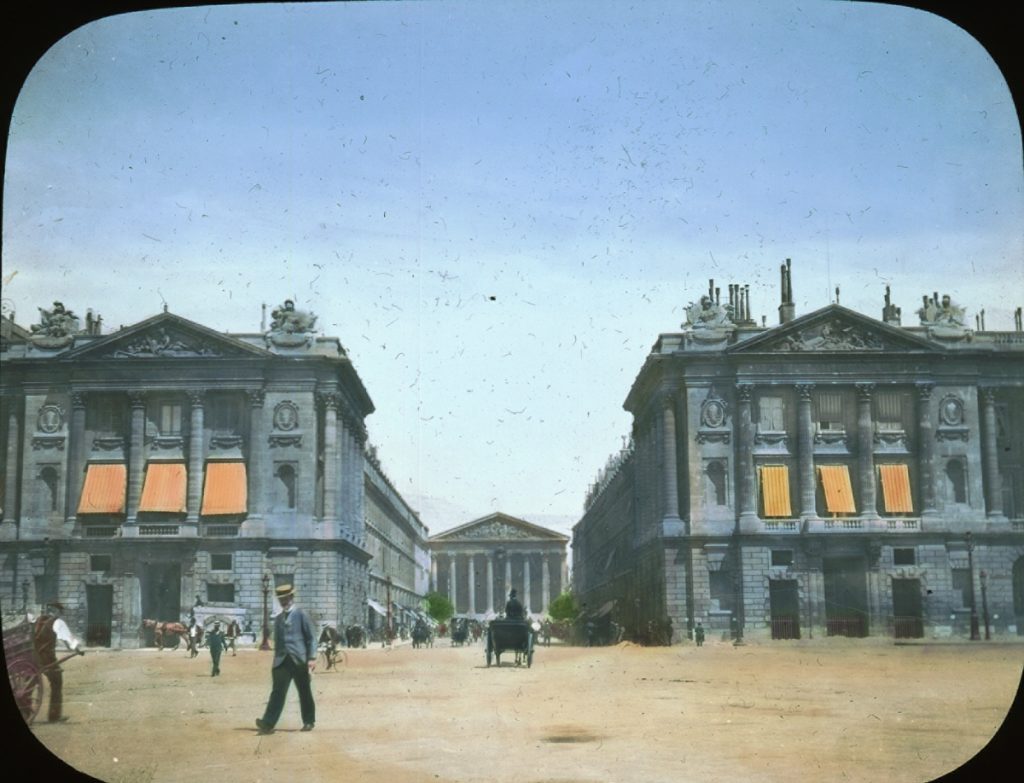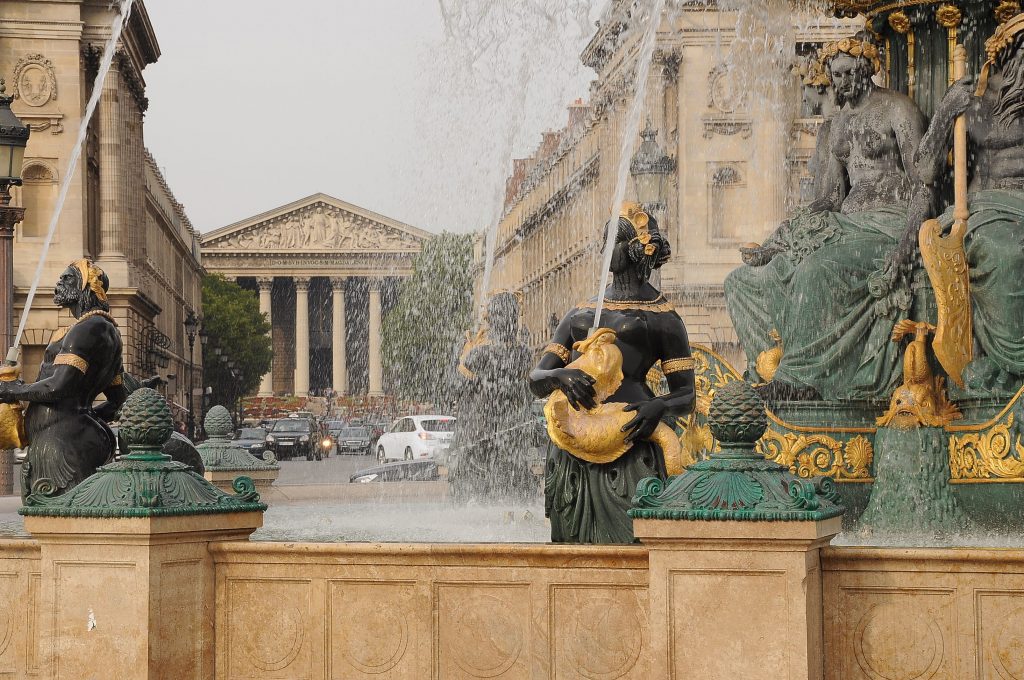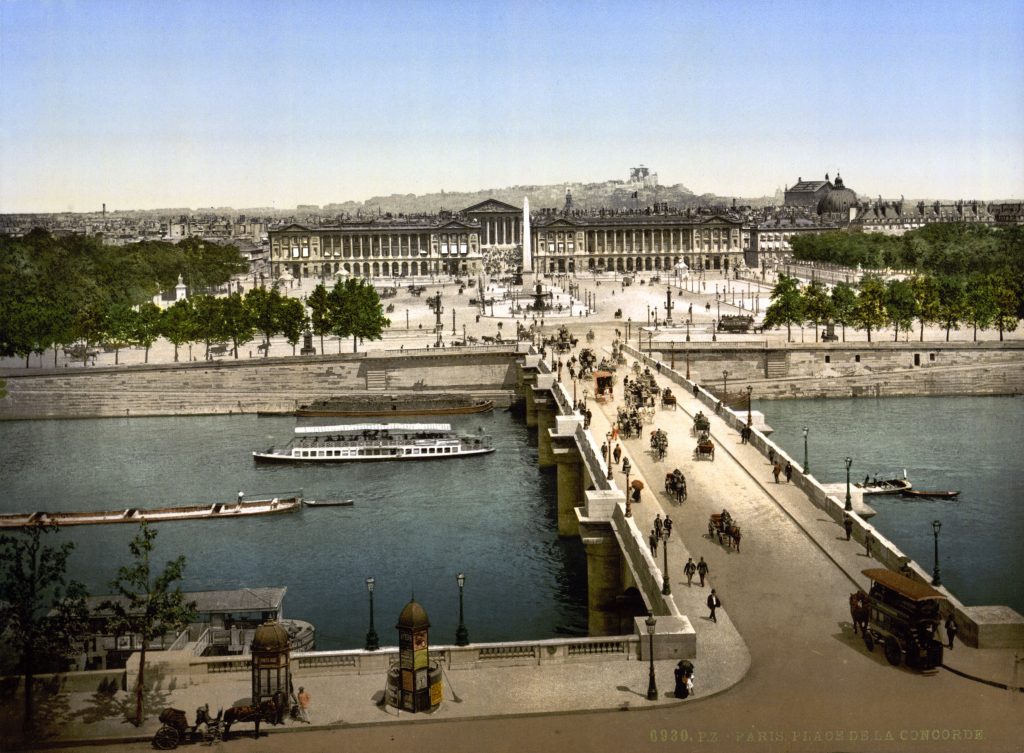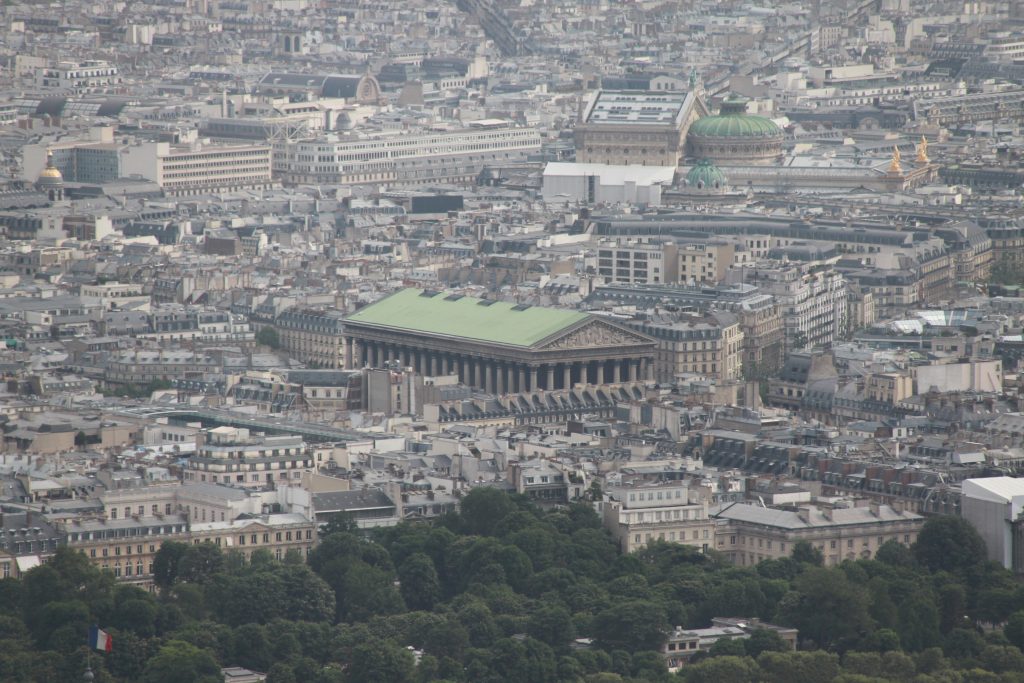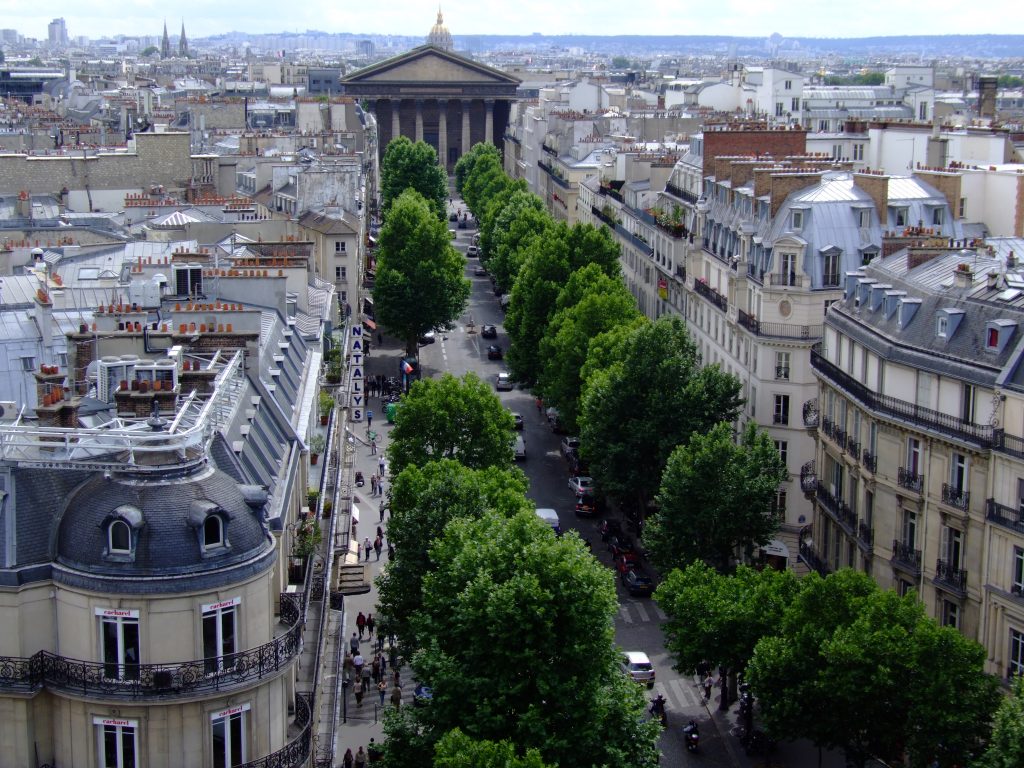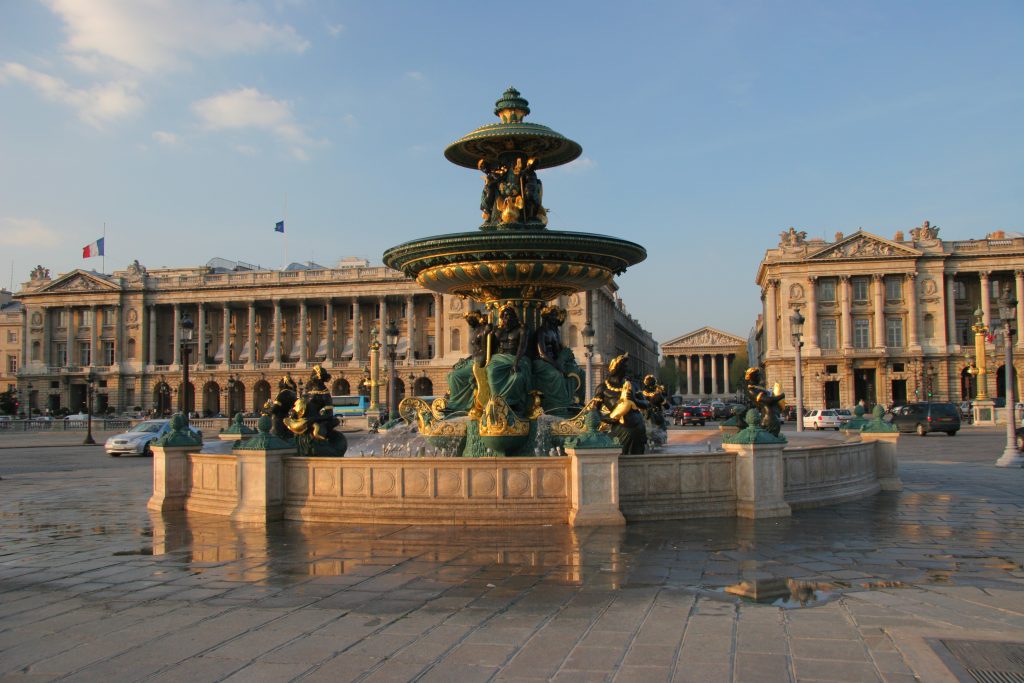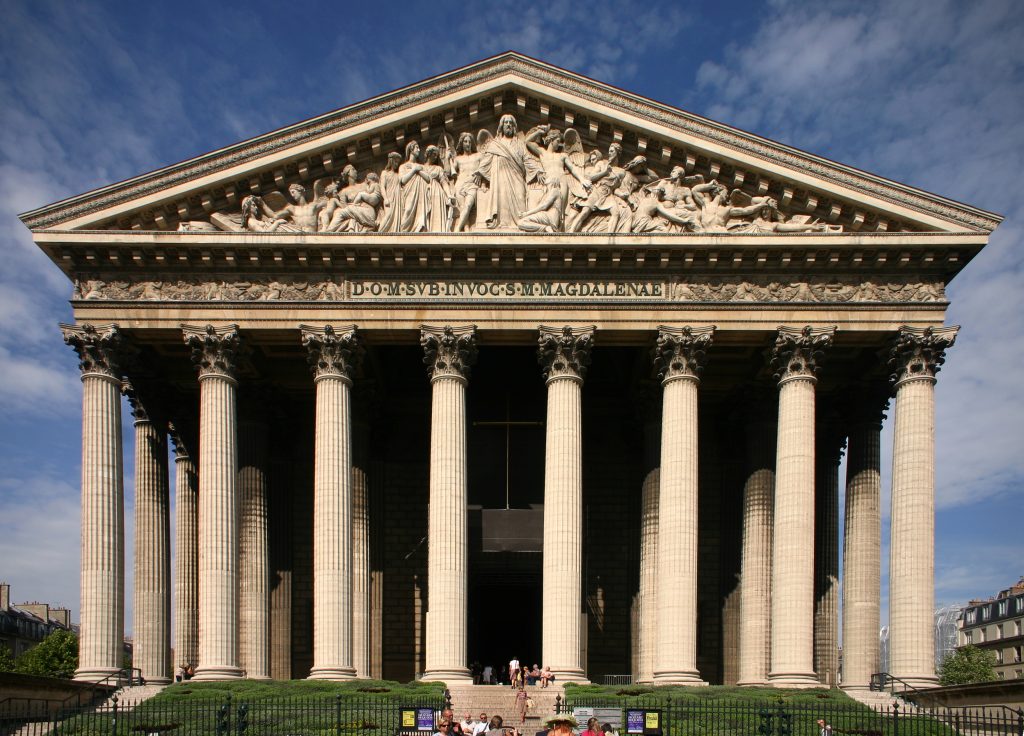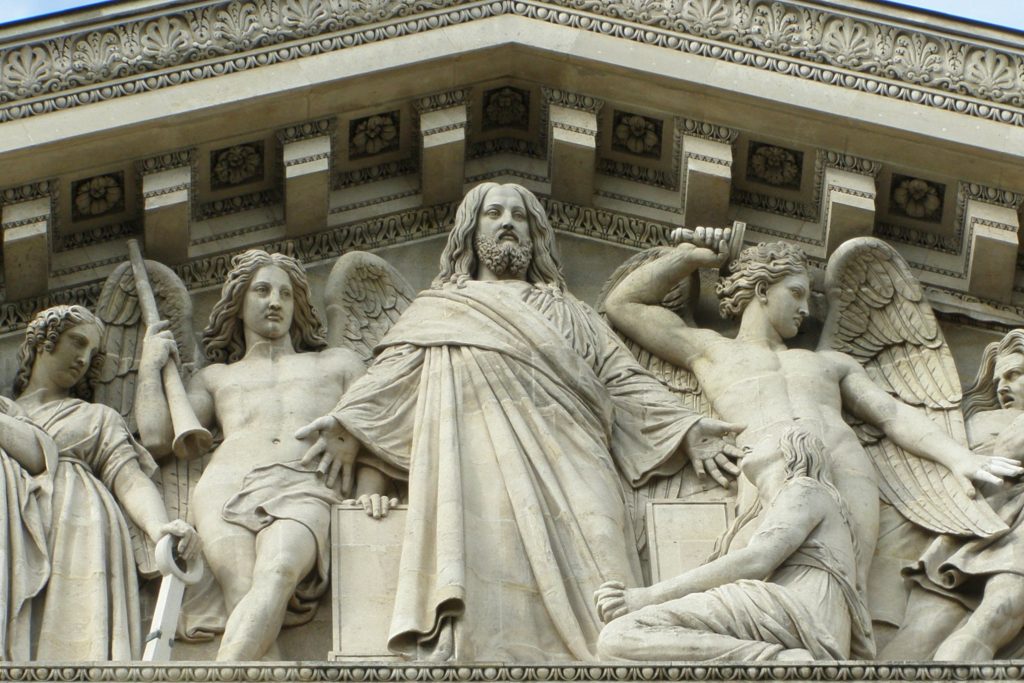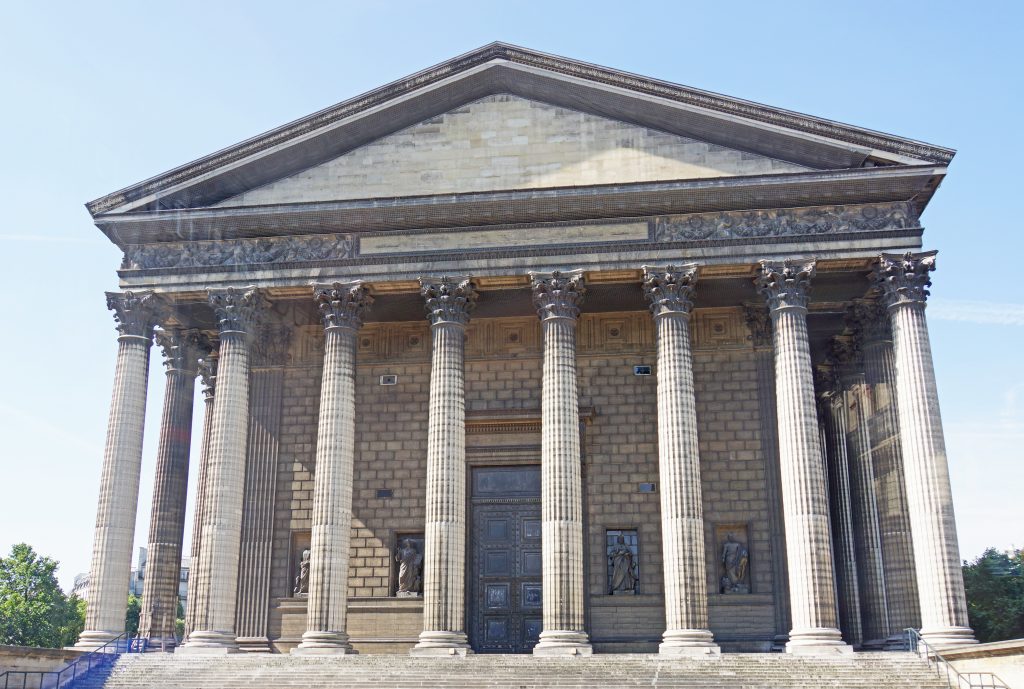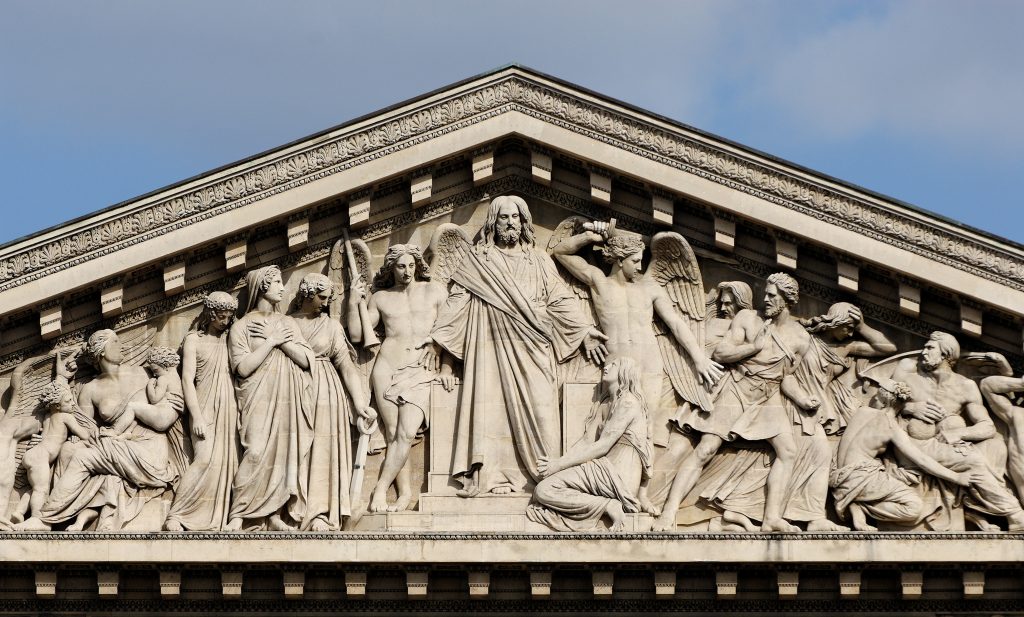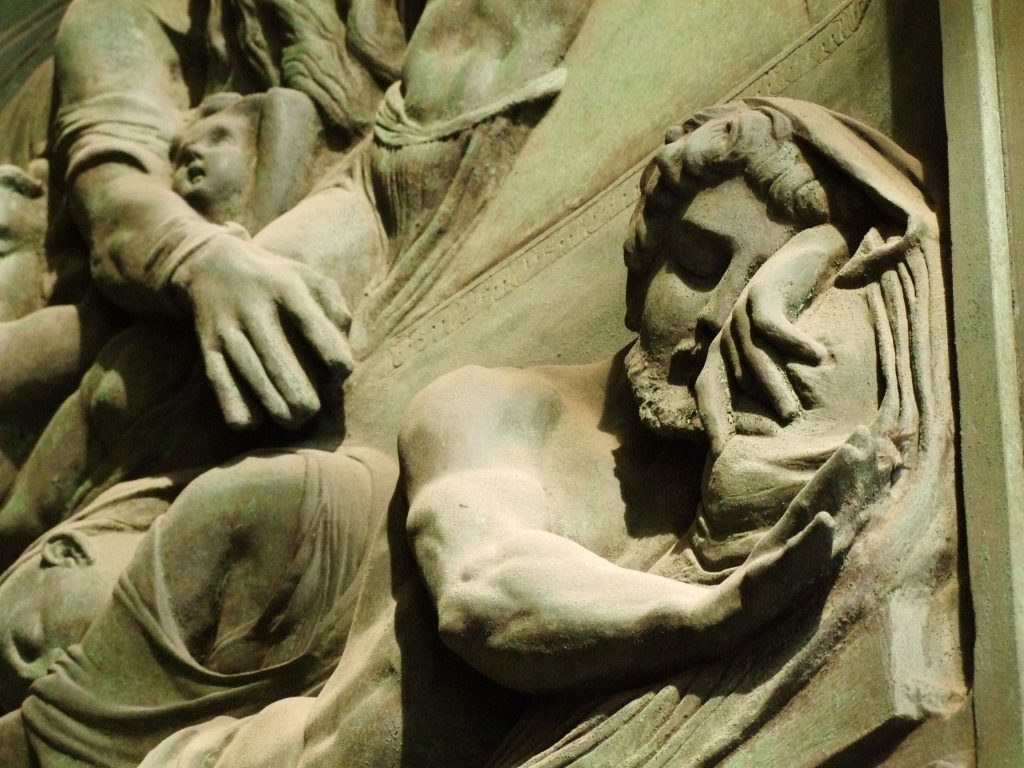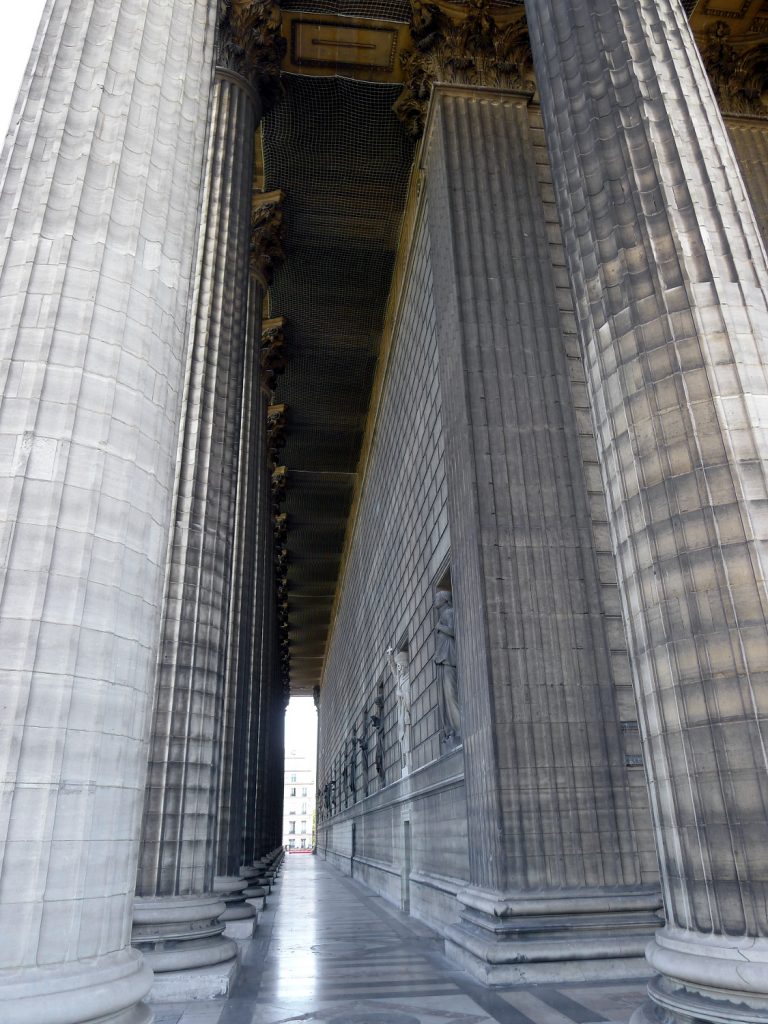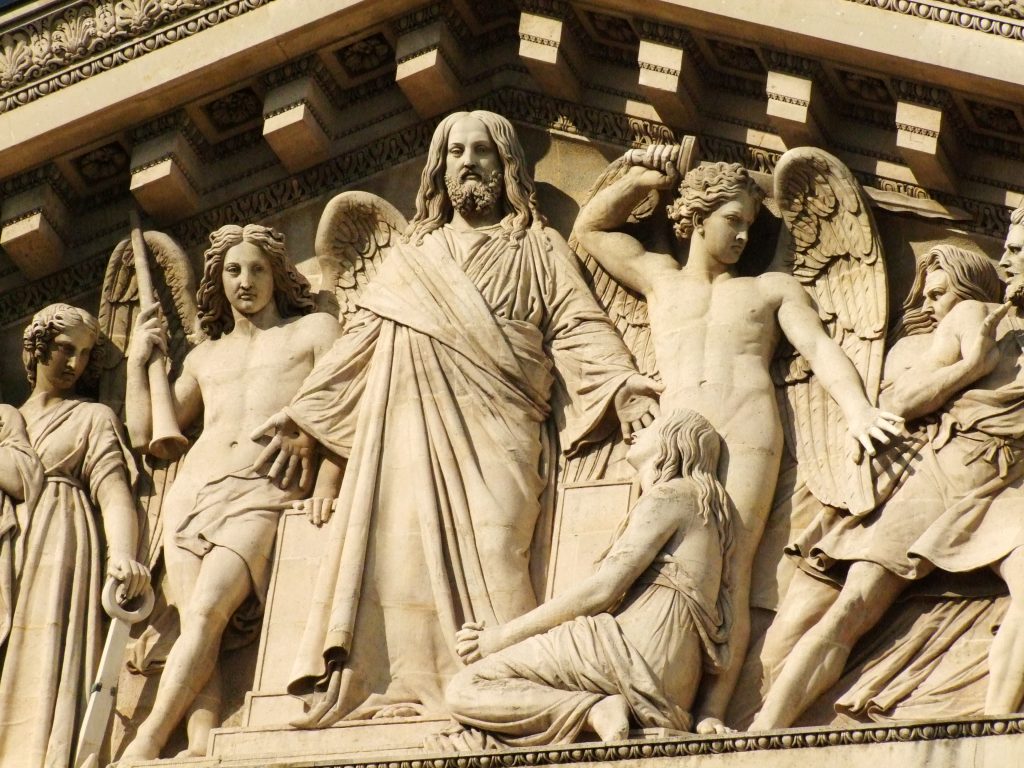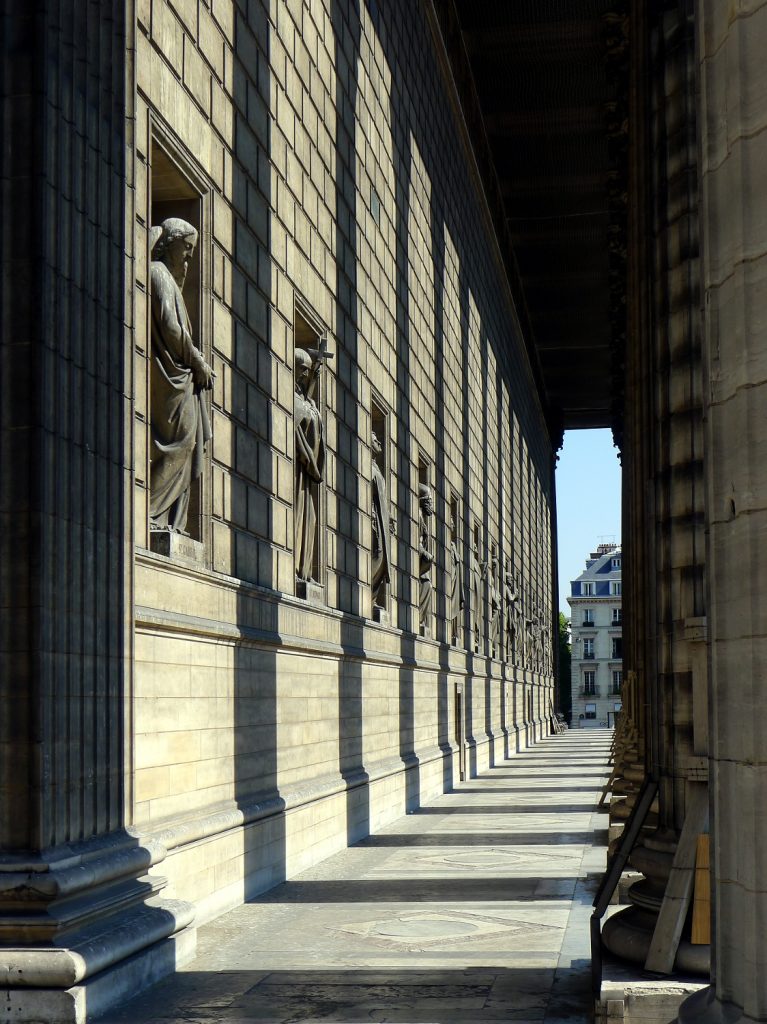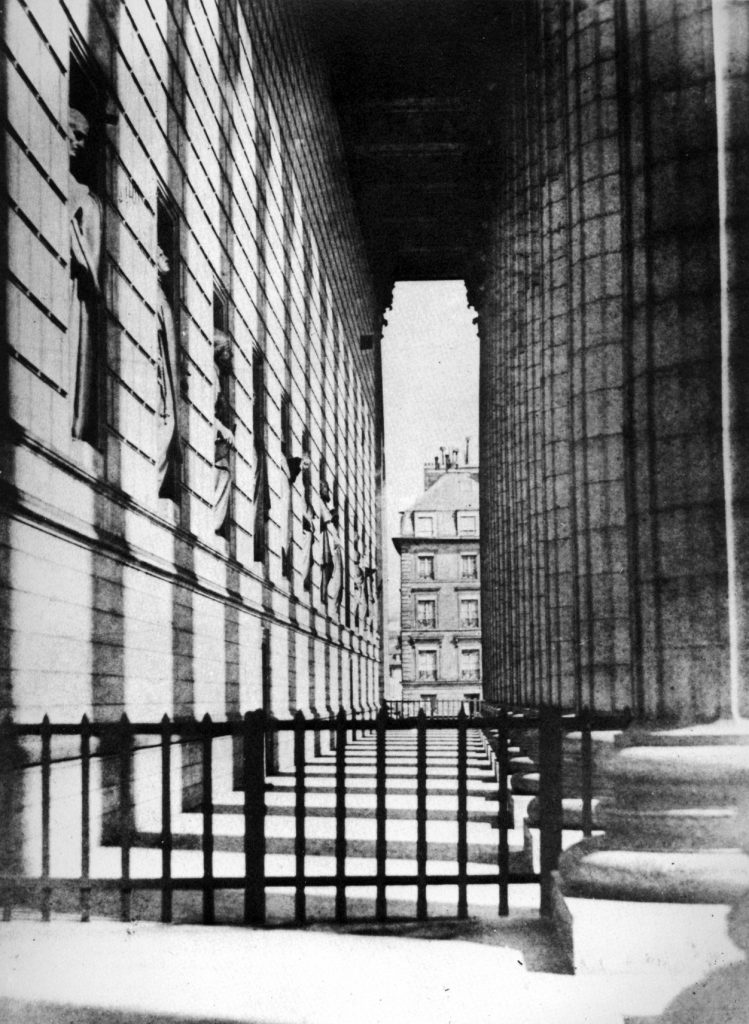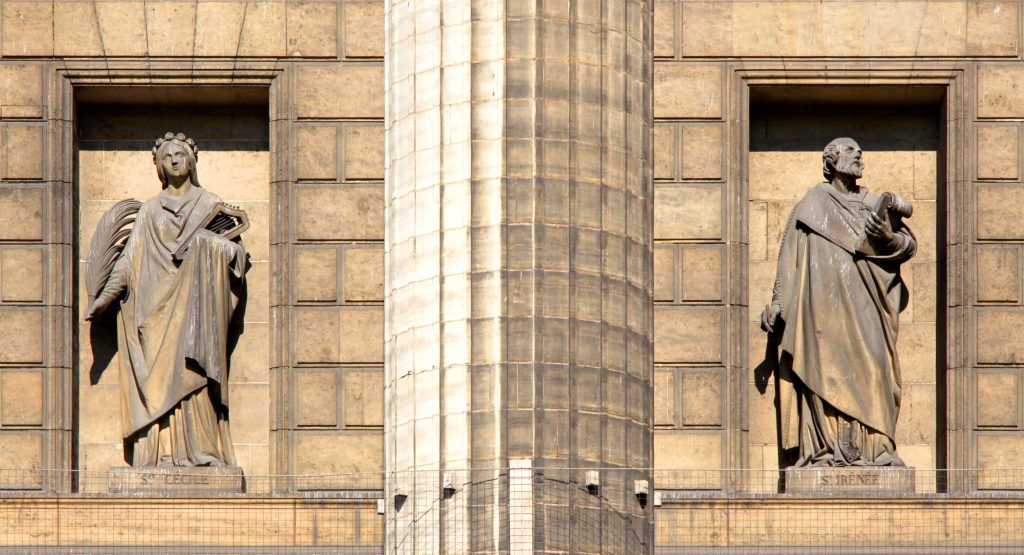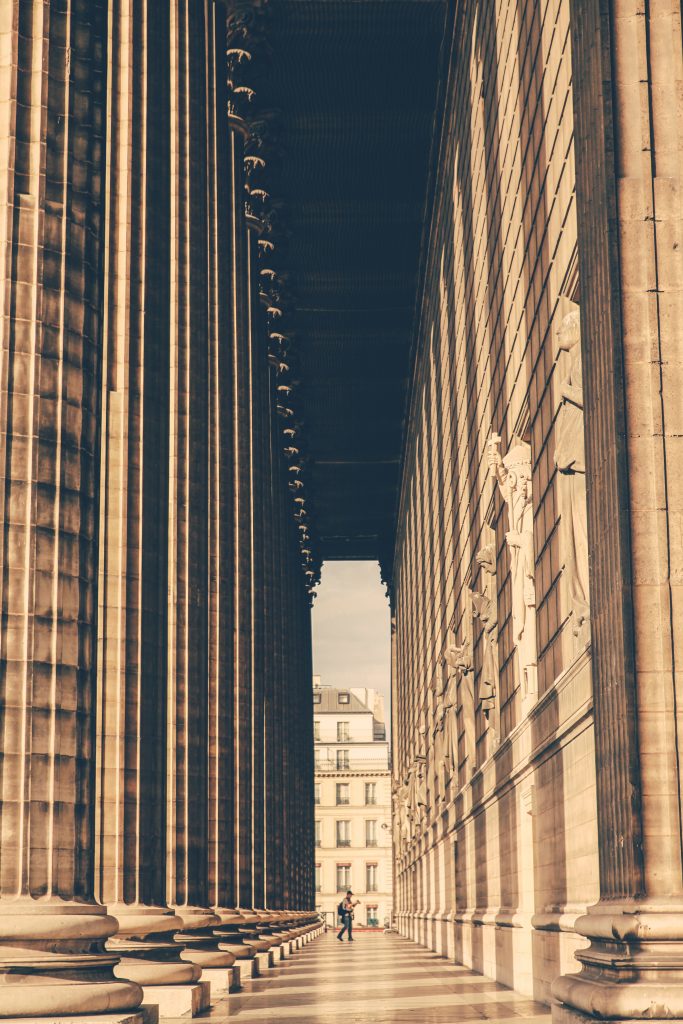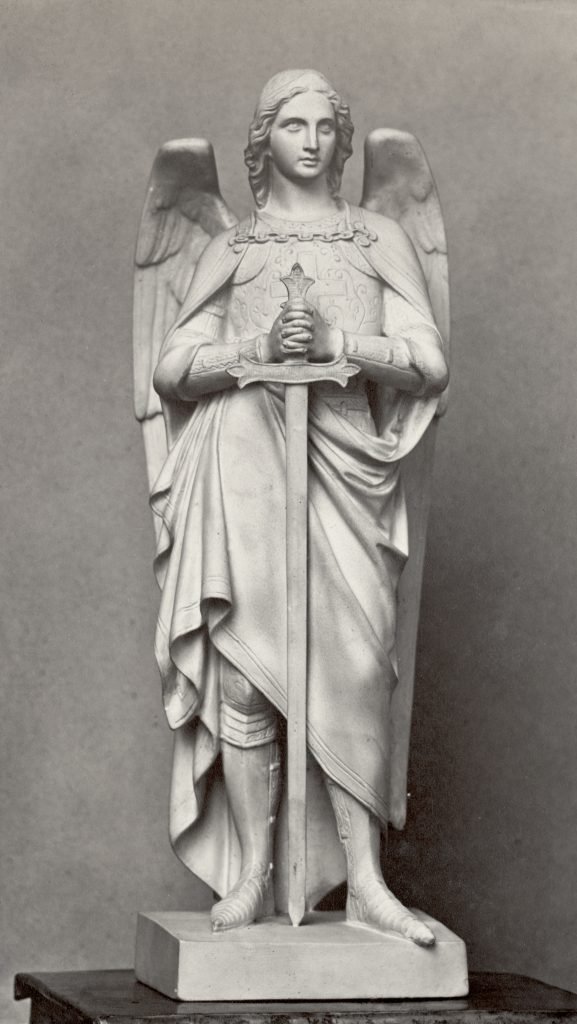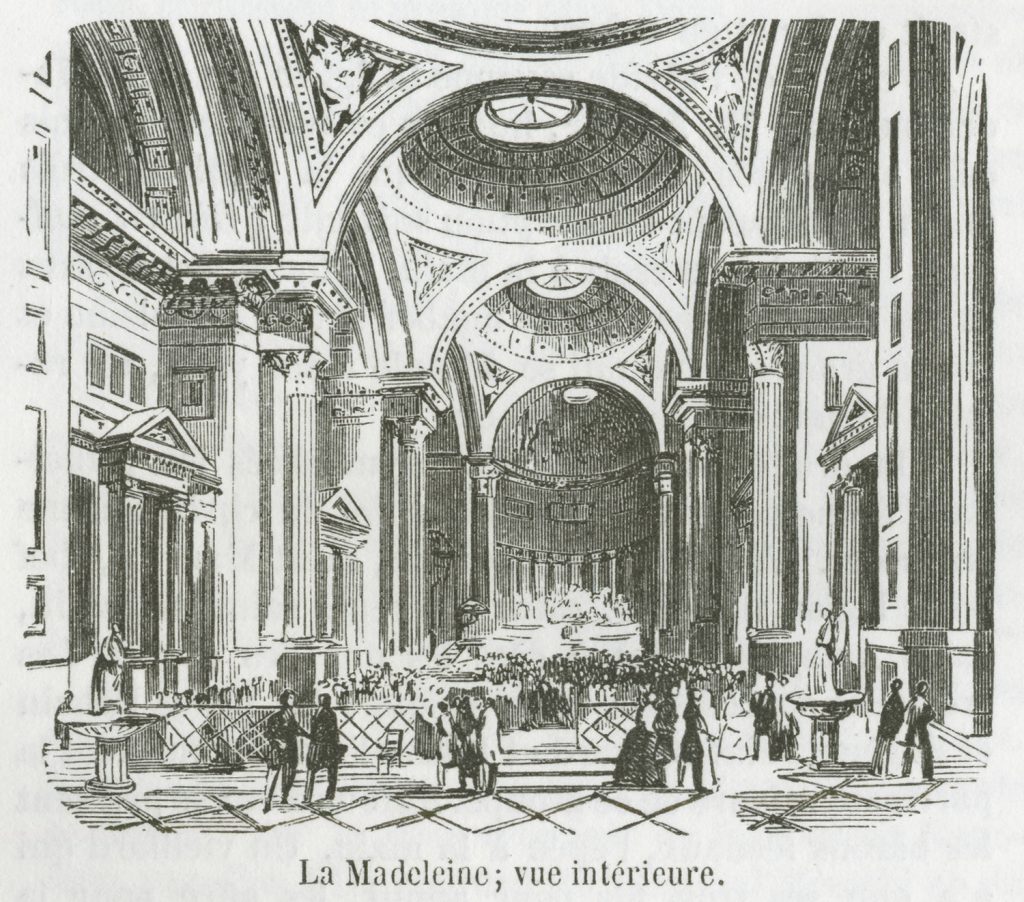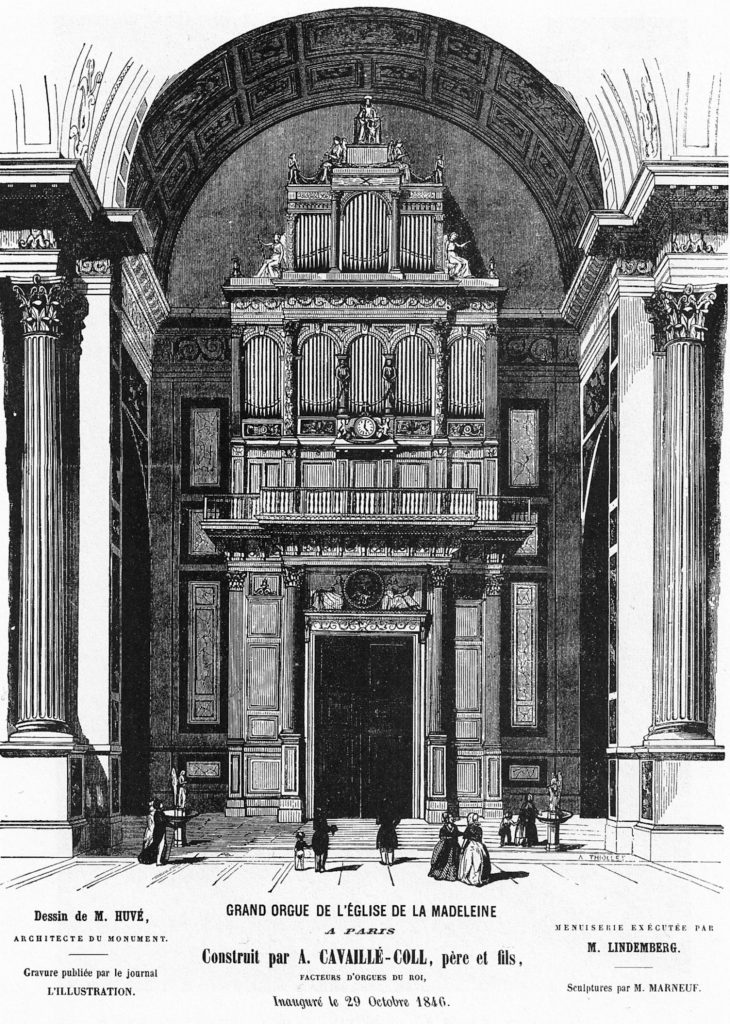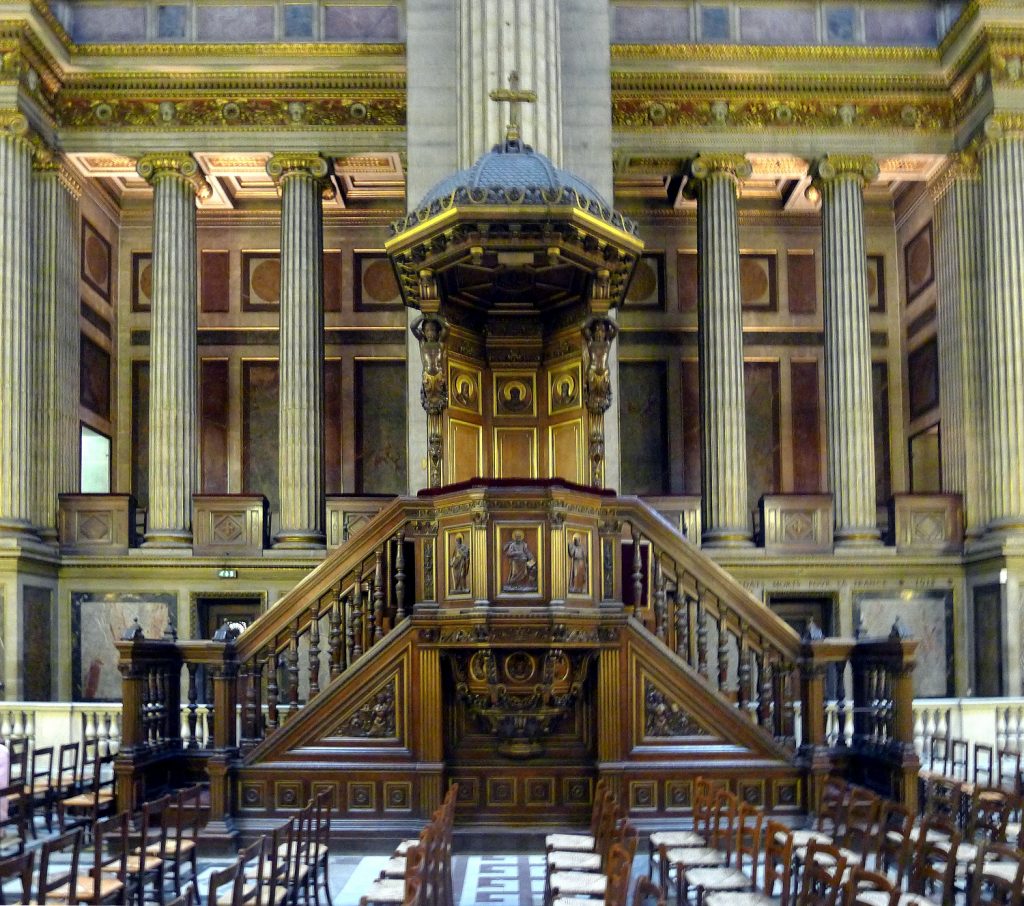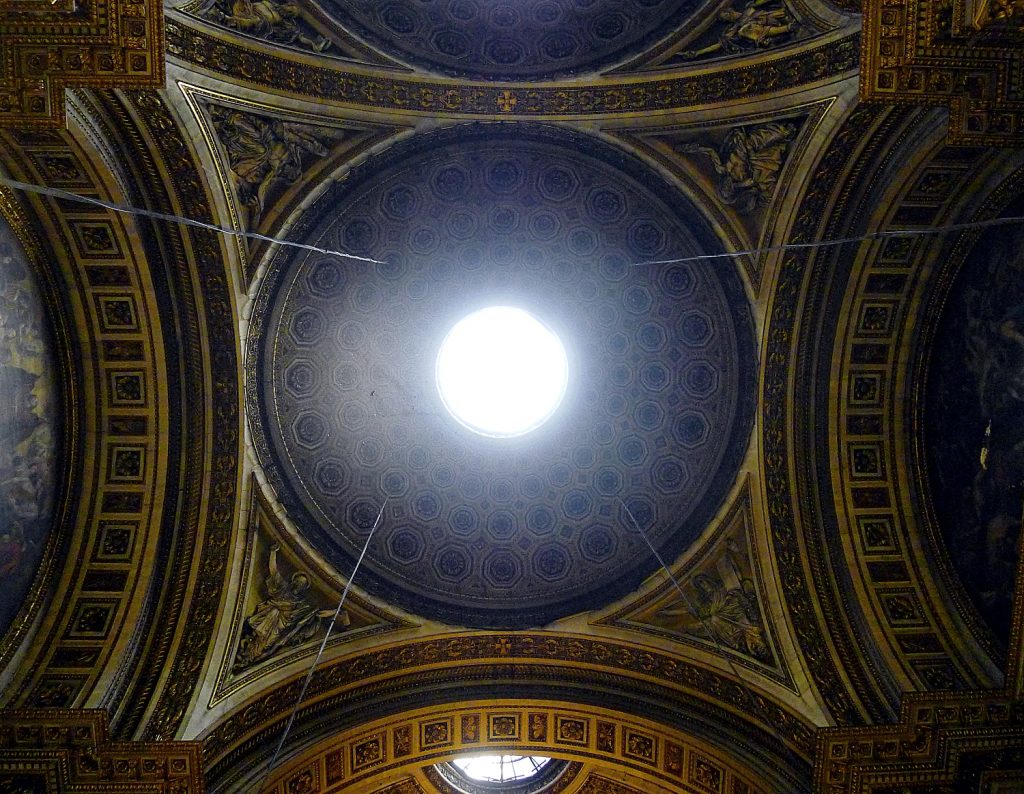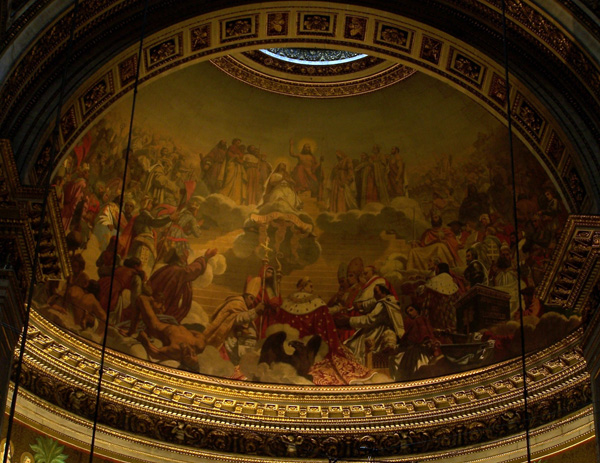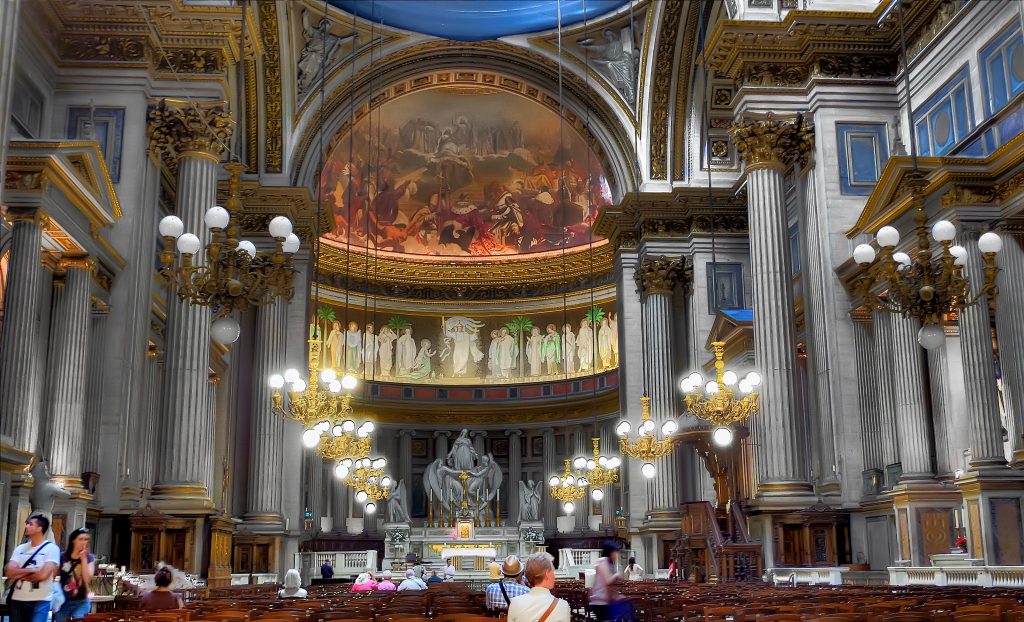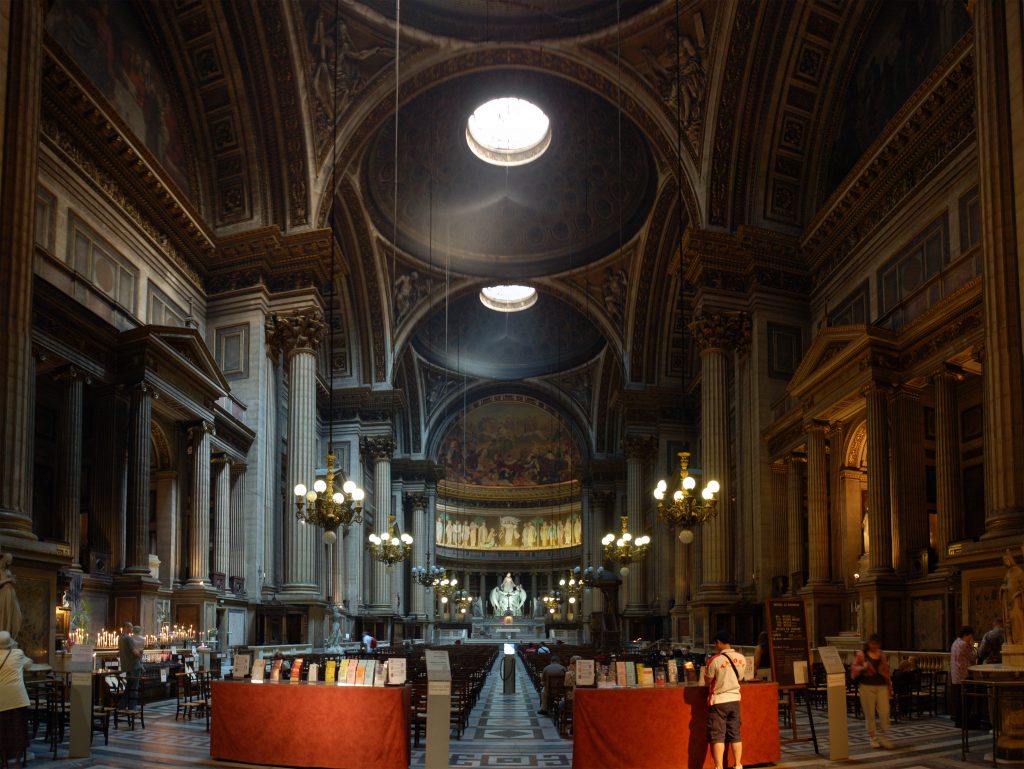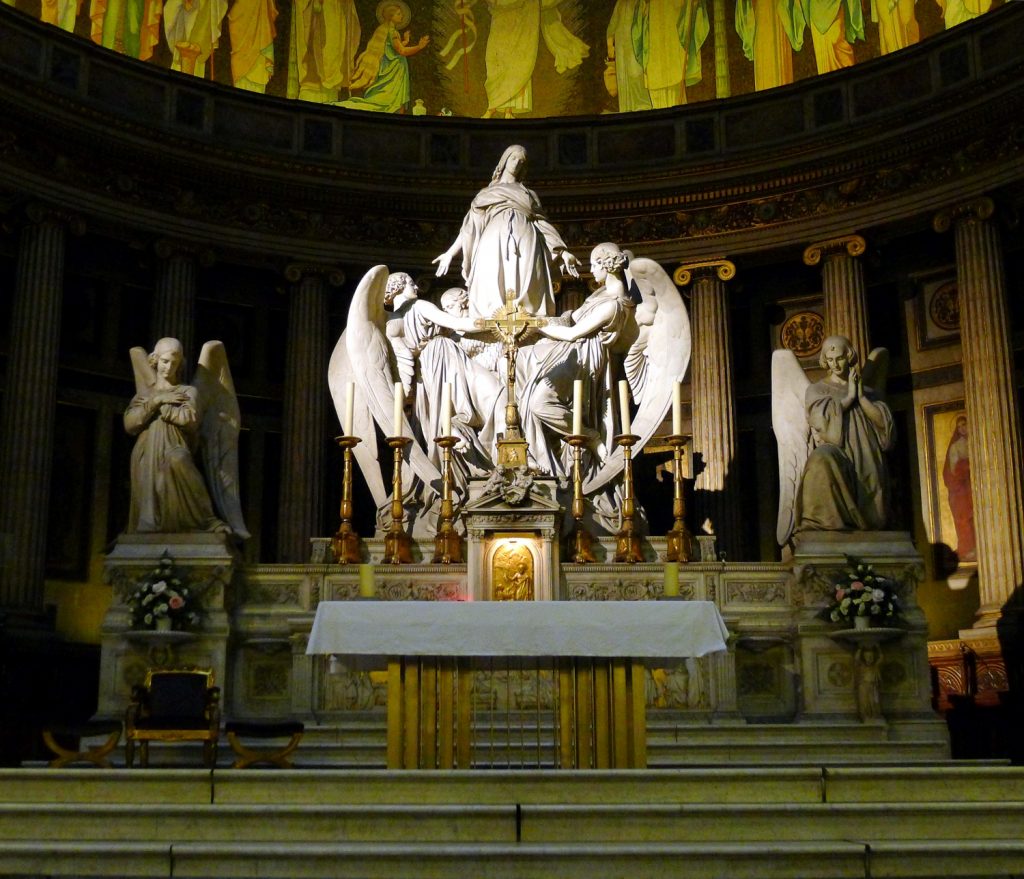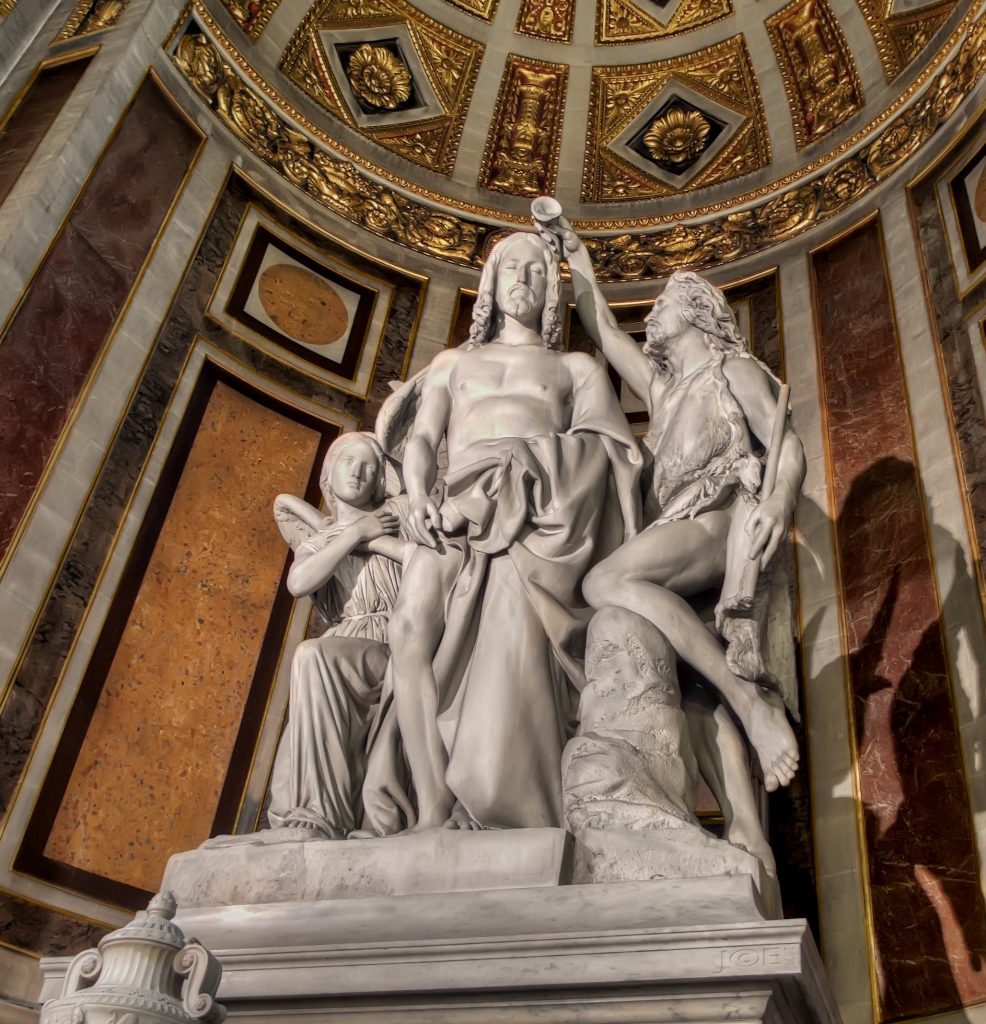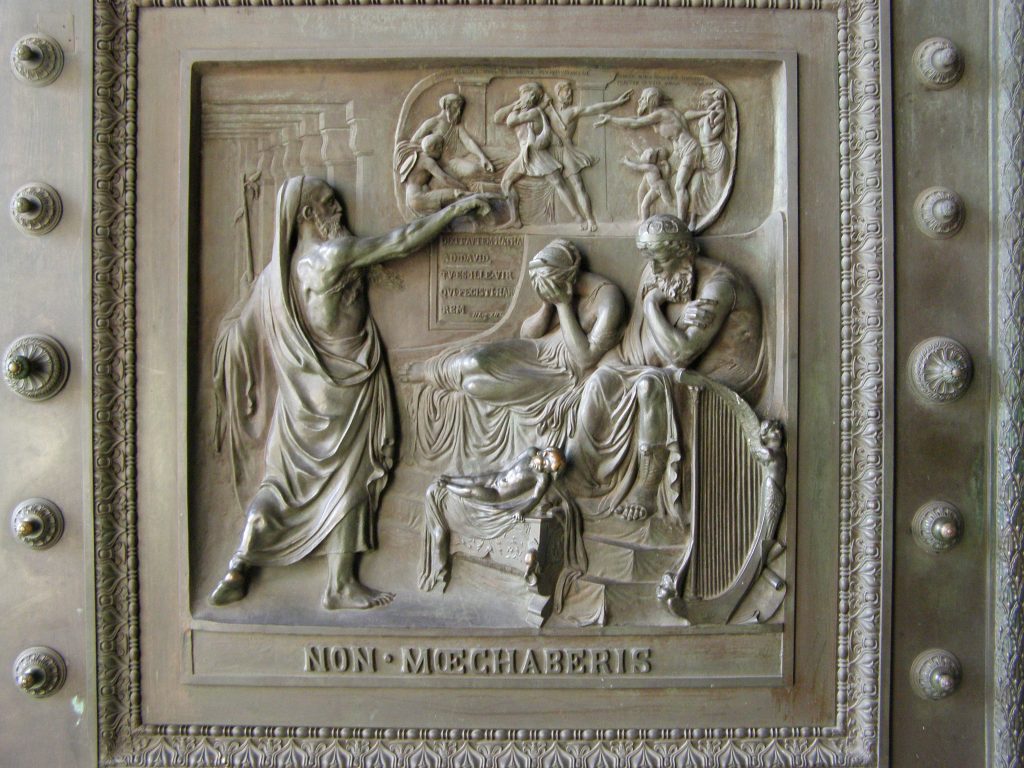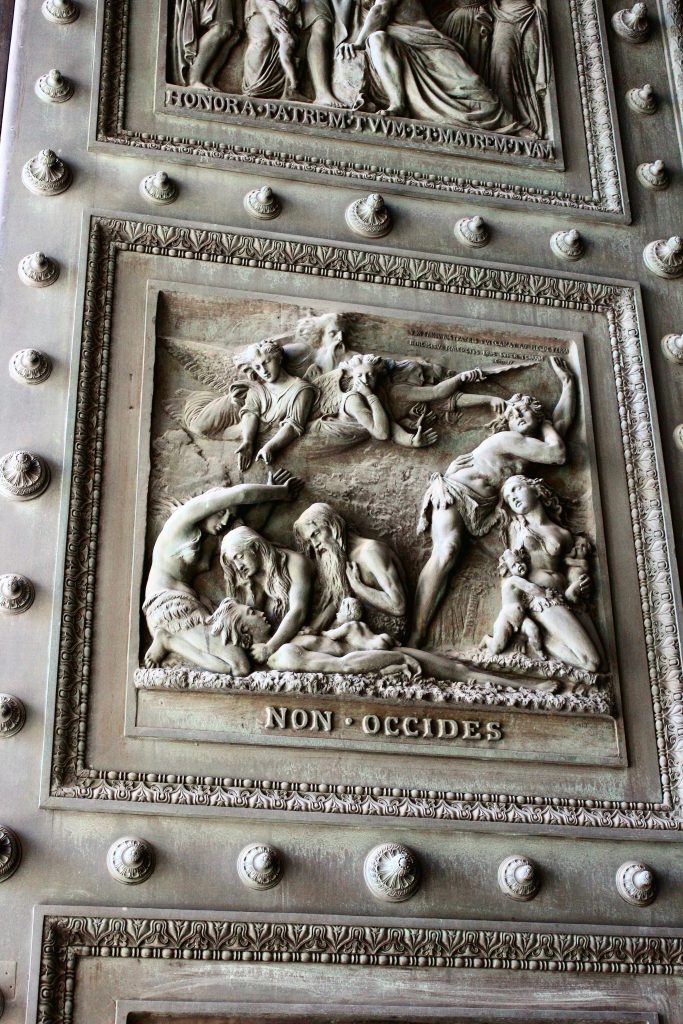The Madeleine

Introduction
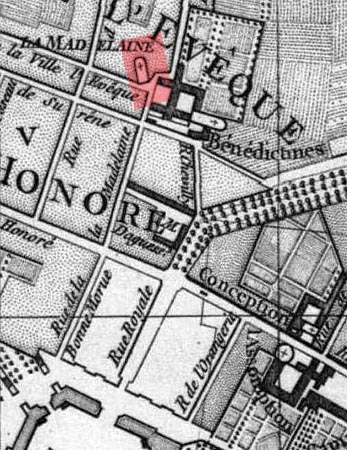
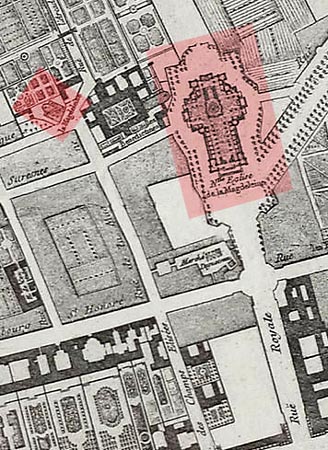
La Madeleine, Madeleine, is a nineteenth century church located in Paris, at the confluence of the Boulevard Malesherbes and the Boulevard des Capucines. In the eighteenth century the suburb of Ville l’Eveque had a church. It was too small, so it was raised to a new building.
Pierre Contant d’Ivry was responsible for the design of the new church in 1764. The building is seen through the perspective of the monumental street Royale and Place Louis XV. After his death, which occurred in 1777, its design was modified by Guillaume Couture, but this work also stopped due to the outbreak of the French Revolution. The works were stops from 1790 to 1805. Thus, Couture’s death in 1791, the Madeleine was still unfinished.
In 1802 the signing of the Concordat restored the Catholic religion, but the church was renamed the Assumption of Mary Magdalene, Madeleine French. Following the proposal unrealized Couture designs emerged several more. Among them he highlighted in Pierre Alexandre Vignon. The project of this architect responded to the program established by a royal decree of February 1806 to host the Stock Exchange, the Commercial Court and the Bank of France. However, on 2 December that year, another decree annulled the previous and held a competition for the creation of a temple dedicated to the “glory of the French armies.” This should be built on the site of the Madeleine. The decree included the obligation to build a pediment in which is included the following dedication: “The Emperor Napoleon in the Grand Army of the soldiers,” as well as in the interior of the building had to register on marble all names of soldiers They took part in the battles of Ulm, Austerlitz and Jena. All this would be accompanied by reliefs and statues of the different army regiments and commanded the marshals with flags and trophies from the conquered. The combined entity would have a commemorative meaning.
Of the eighty contestants won the architect Stephen Beaumont. Still, it did not carry out its proposal and the emperor, through a letter signed on 30 March 1807, gave that honor to Vignon because its proposal was closer to the temple he wanted and not a church. So in 1811 Vignon demolished the works begun by Couture and began his work. This took place at a very slow pace and after the failed campaign of Napoleon in Russia and the fall of the empire, the work was left unfinished again.
The projected picked up momentum with the Restoration, this time putting emphasis on the Catholic faith building and giving the task of dedicating it to the memory of the royal family and not for the glory of the French army of Napoleon. Vignon work resumed in 1816, and after his death in 1828 they continued under the command of Huvée. Madeleine 1842 had already become the main church of the first district of Paris, was consecrated by the archbishop of the city in 1845.
In all, the works of La Madeleine final lasted 31 years, from 1811 to 1842. On 20 May 1915 the work was classified, and in 1992 was named historical monument. The church is also part of the musical history of France, having had as organists famous musicians and composers Camille Saint-Saens, between 1858 and 1877; Théodore Dubois, between 1877 and 1896; and Gabriel Fauré, between 1896 and 1905. Today events and classical music concerts in the temple, which has remained as a memorial and a reference point more in the urban fabric of organized Paris Haussmann.
Location
The church of the Madeleine is located in a square that bears his name and which is located in downtown Paris, France. Very close to it are some of the monuments and most emblematic of the city, including the Opera Garnier, Place de la Concorde and Place Vendome. To reach the Madeleine station nearest metro is the lines 8, 12 and 14 carrying the same name, or stops lines 24, 42, 52, 84 and 94 bus.
Concept
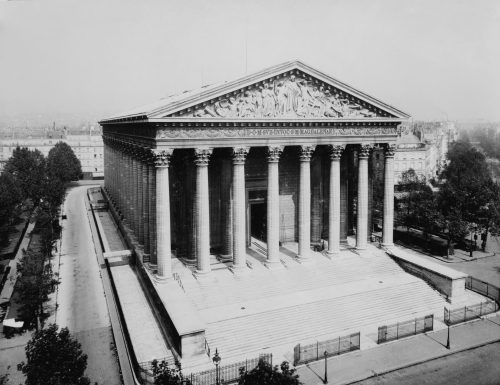
Although the project of La Madeleine created with the aim of creating a new church, which marks phase over its ultimate realization is that which corresponds to the time of Napoleon. It is at this point that arises to create a memorial temple, which, though later church adopts the function by leveraging the building has already started classical cross-shaped in plan, but more like a Roman temple. Also inserted into the urban fabric so that it looks like a milestone in the perspective of a great street, which reinforces his conception of memorial. The change of use, this function would end up playing the Arc de Triomphe, built in 1806-1836. The building is, therefore, a project with a civic use is reconverted to adopt a religious use.
La Madeleine is also an example of neoclassical architecture, which clearly takes one of the main themes of the ancient Roman and Greek architecture. As such, it has no cruise or bell tower, and the features that are most characterize your perimeter columns and gabled facade, all on a large basement.
Spaces
Magdalena is one of the finest examples of neoclassical architecture City Paris. Although the temple ornamentation have stopped accompanying the idea of Napoleon in its overall architecture is still a design you want to retrieve and use the ancient splendor of classical architecture to commemorate events in recent history.
La Madeleine is a peripteral temple like other ancient buildings such as the Parthenon in Athens or the Maison Carree in Nimes, and other neoclassical buildings like the Stock Paris. Corinthian colonnade surrounding the building is a peristyle which defined the general image of the building. The foundation raises and set them apart from street level giving a predominant position in space of the square from which one has a magnificent view of the Rue Royale and the Obelisk of Luxor. Two monumental bronze doors form the entrance.
After seeing the neoclassical exterior of the building, relatively austere, the interior has much more exuberant. Baroque interior is notable for the large number of sculptures, paintings and mosaics it contains. The interior is illuminated by three small windows in the center of the domed roof. From the outside they are not perceived to be covered by the gabled roof of the temple.
Exterior doors are remarkable bronze, made by Triqueti, or The Baptism of Christ, the work of Rude. On the inside, the fresco of the dome of the apse, made by Ziegner, with the theme of The Glory of Christianity (1835-1837). This is the only fresh throughout Paris on the figure of Napoleon Bonaparte appears with his coronation costume with Christ, Mary Magdalene, the apostles and the characters that marked the history of Christianity, Constantine, Clovis, Godfrey of Bouillon, Frederick Barbarossa, Joan of Arc, Dante, Raphael and Pius VII. The neo Byzantine mosaics are the work of Charles-Joseph Lameire, and the great church organ, Aristide Cavaillé-Coll. The paintings are the work of Paul Delaroche, and sculptures of Barye, Rude and Praidier.
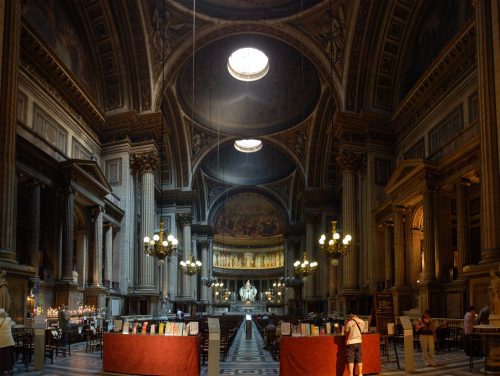
Some of the artistic works of the church:
- 1835-1837: Jules-Claude Ziegler paints L”to History of Christianity’ ‘in the apse.
- 1835-1857: Marochetti carving the statue of Mary Magdalene to the altar.
- 1841: the bronze doors designed by Henri de Triqueti are placed.
- 1842: La Madeleine is inaugurated as a Catholic church.
- 1846: the great organ, the work of Aristide Cavaillé-Coll intala.
- 1883: Henri Lemaire begins sculptures Judgment Day on the pediment.
Structure and Materials
The structure of La Madeleine is stone and its cover, bronze. Outside the building has a trilithic structure composed of columns and lintels. Inside the building adopts a system of charging domes and walls. The materials used are mainly stone in the outside and inside marbles of different colors for coating the walls; gold for friezes, capitals and other details; and wooden pulpit and organ.
Video
